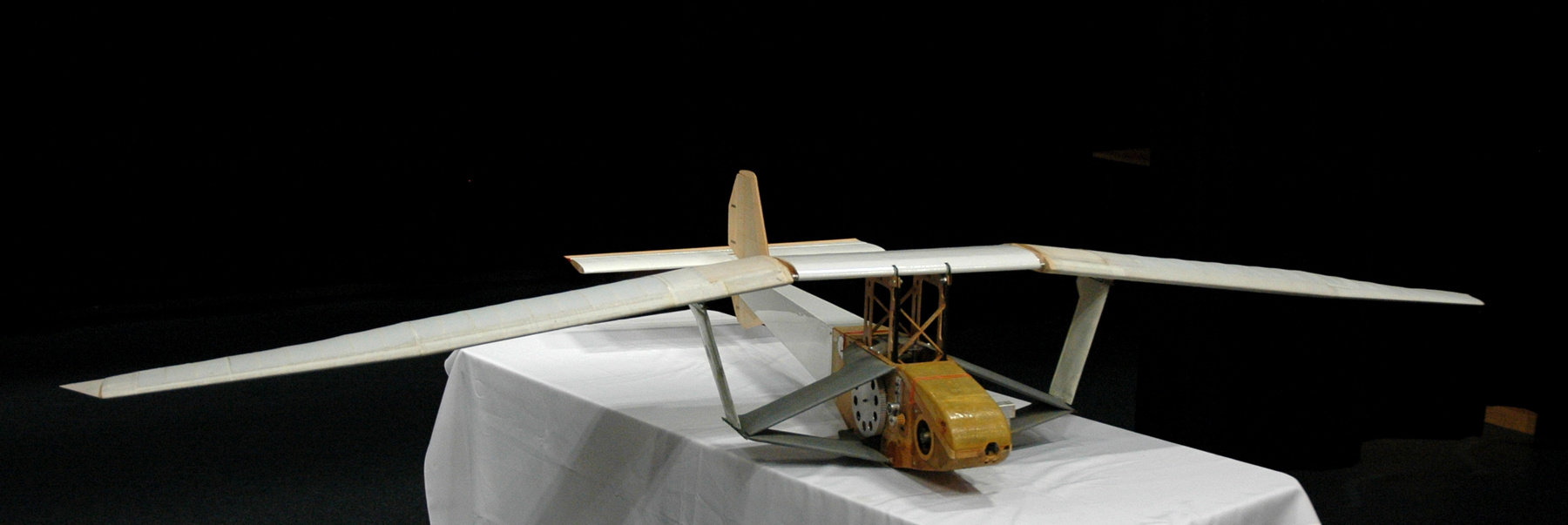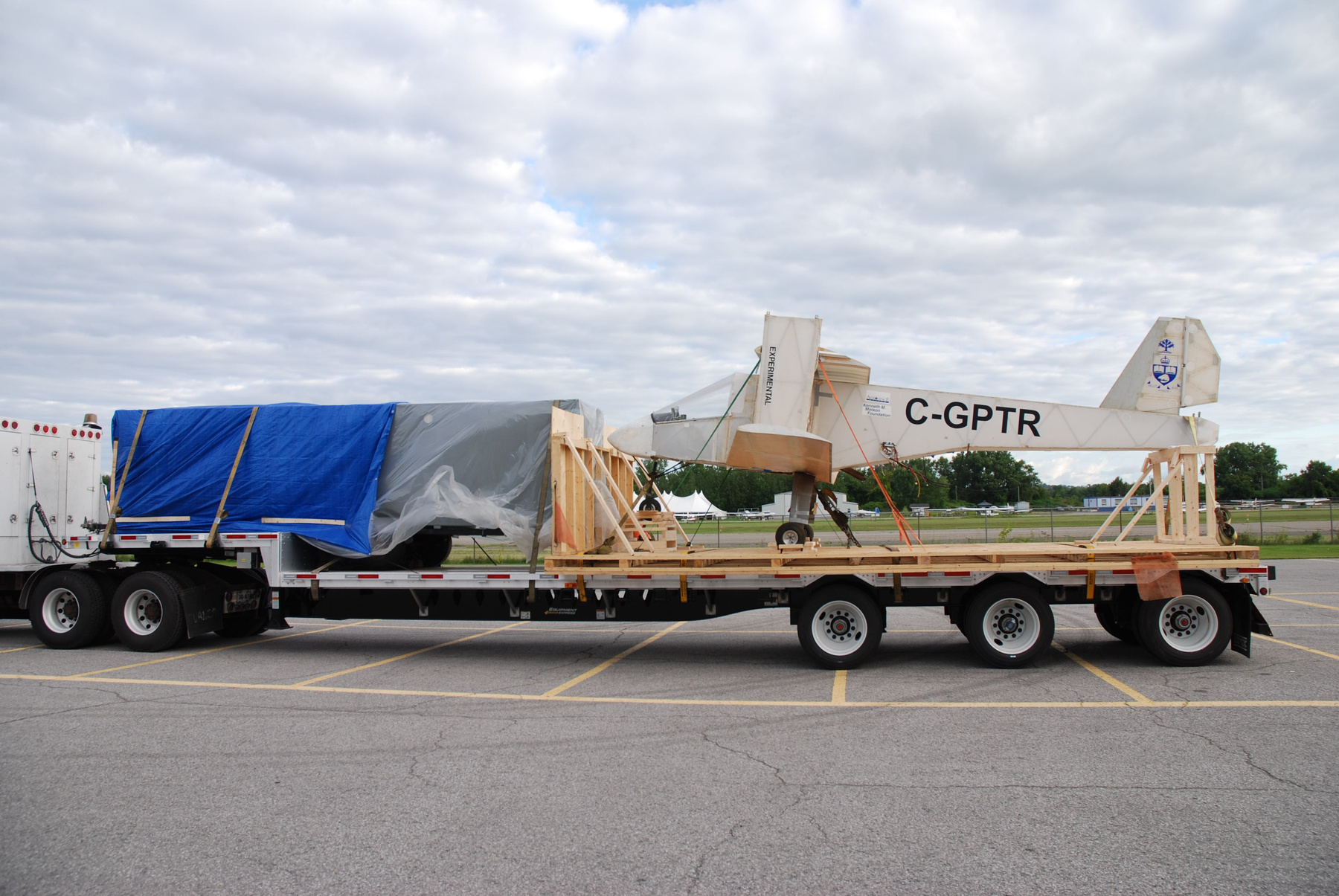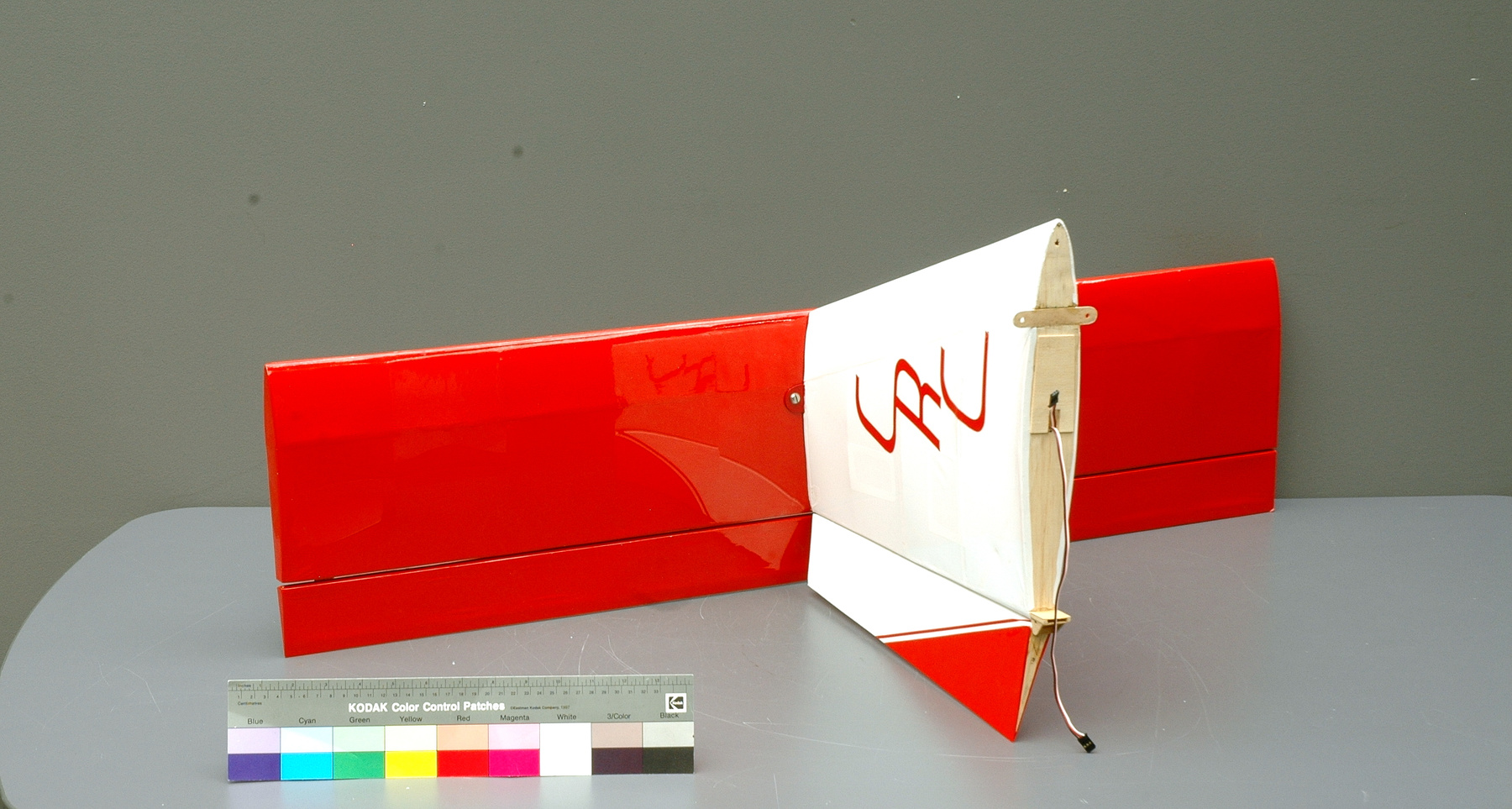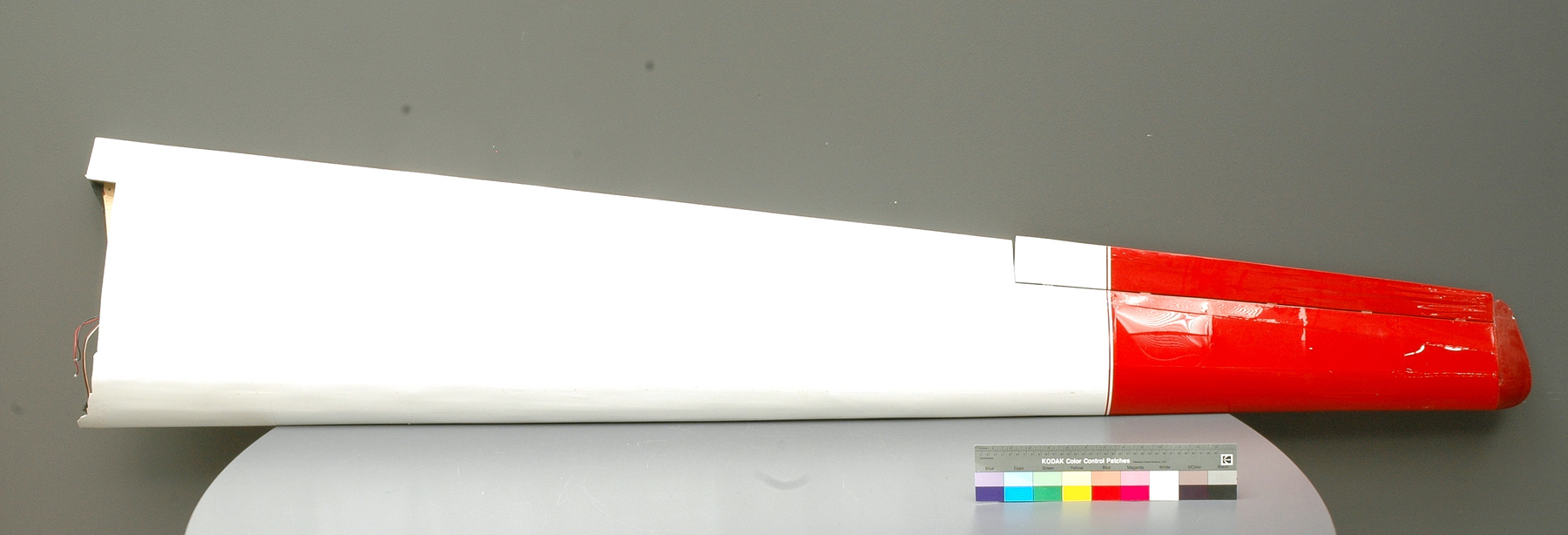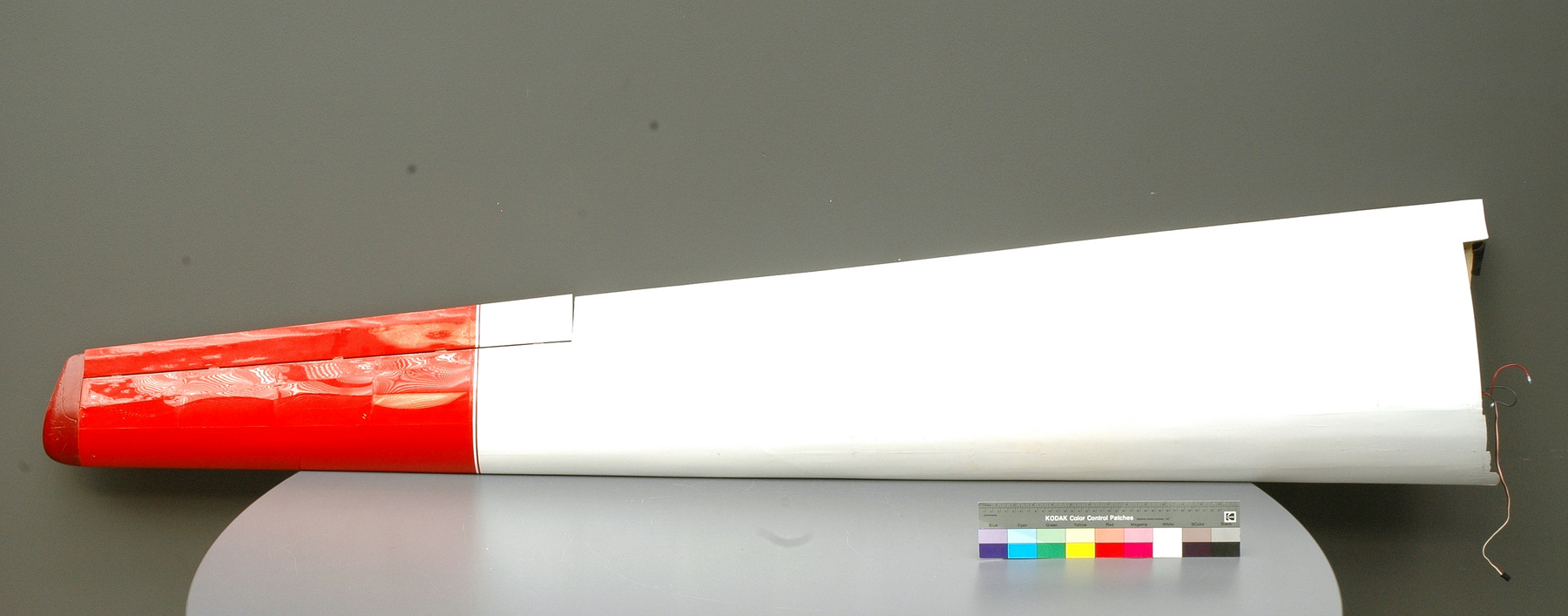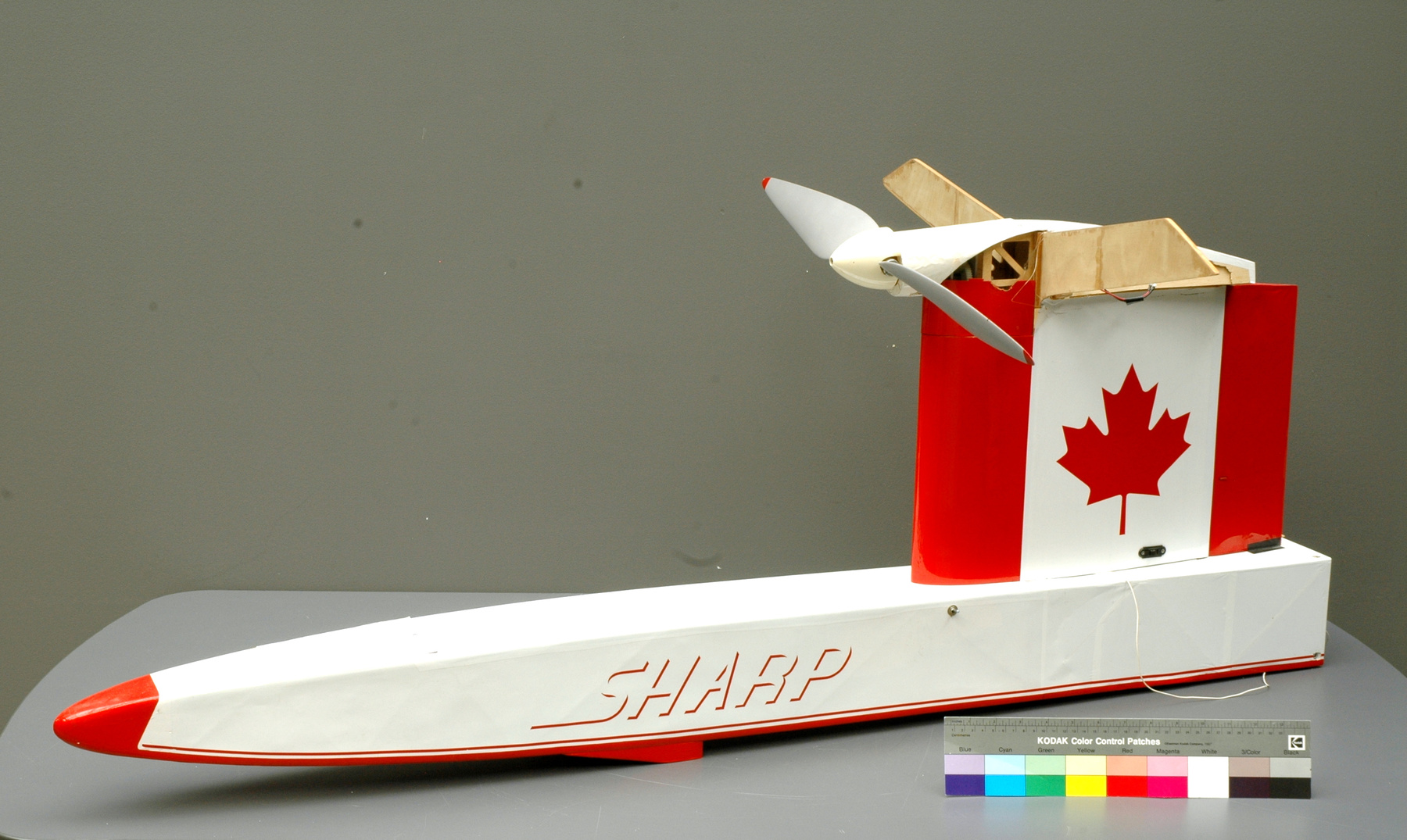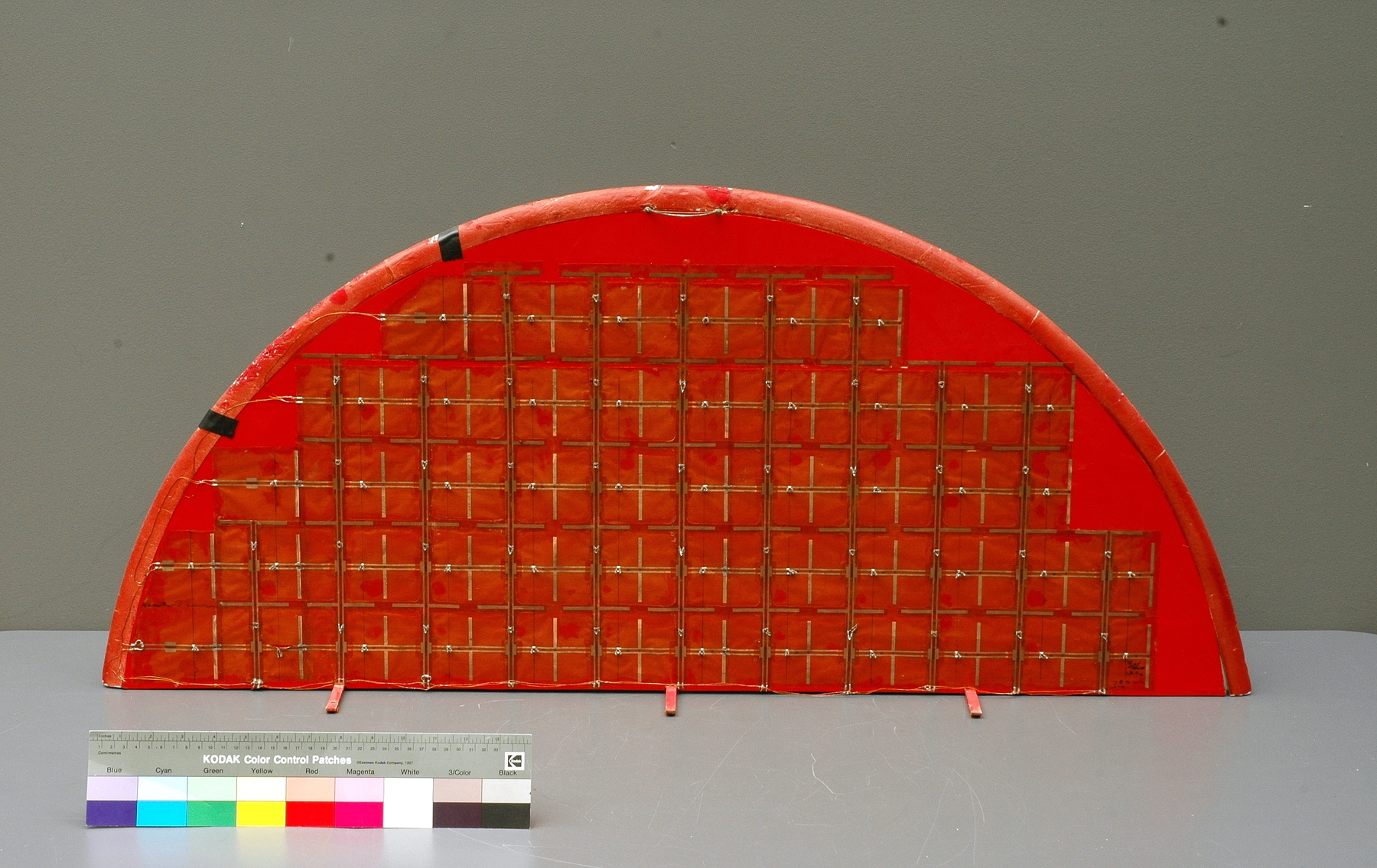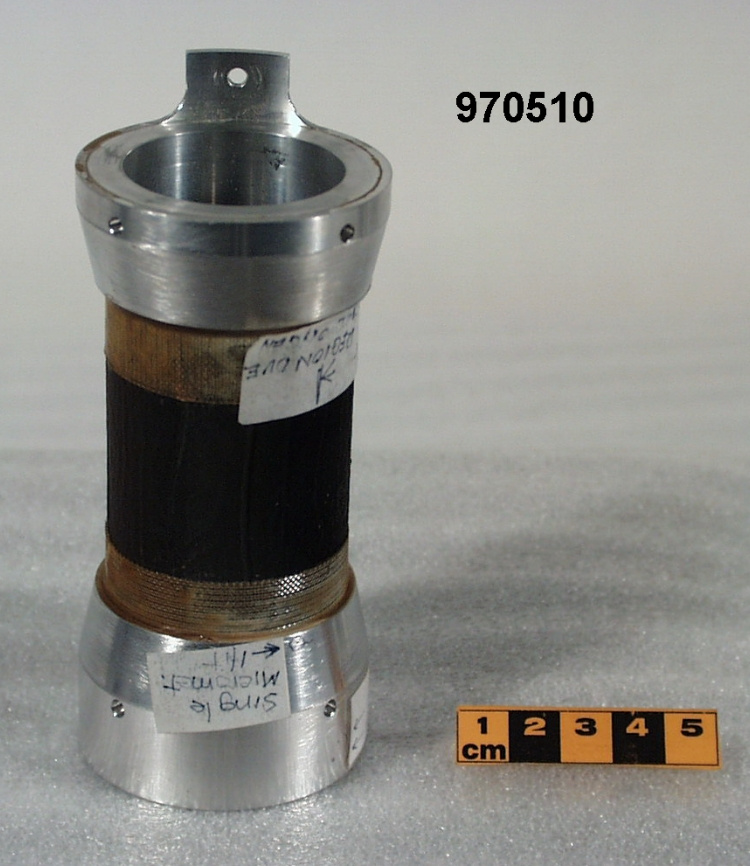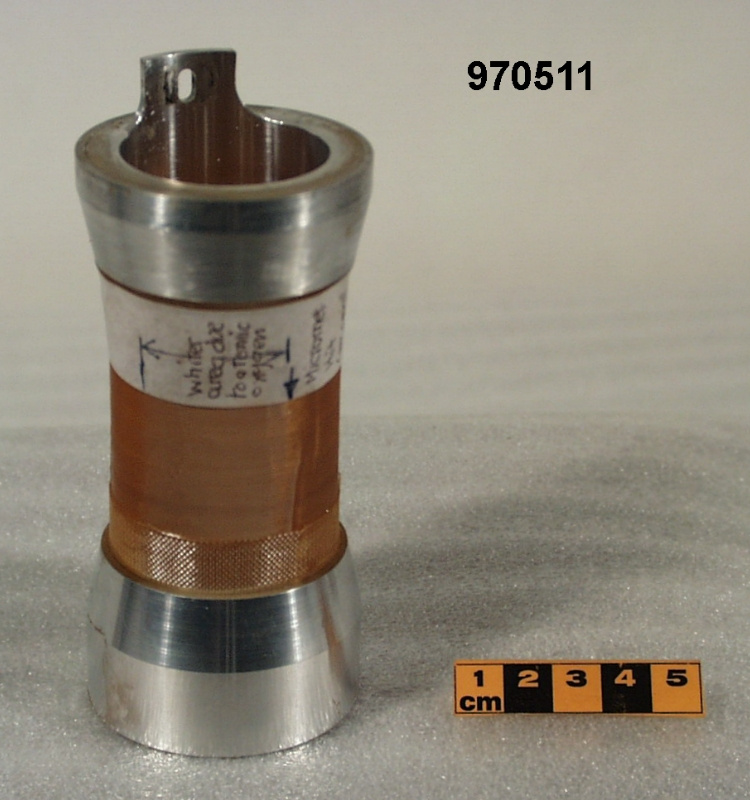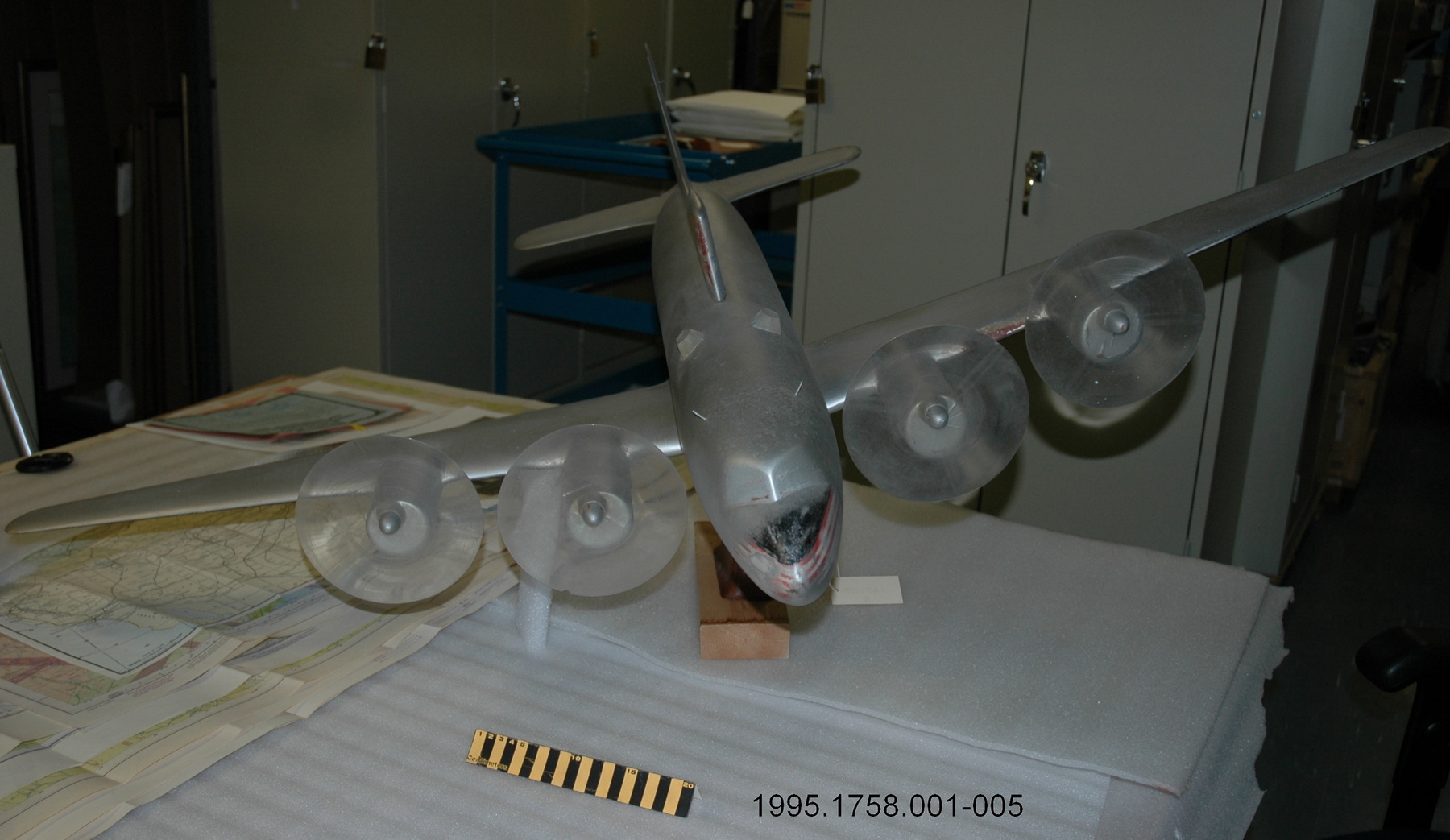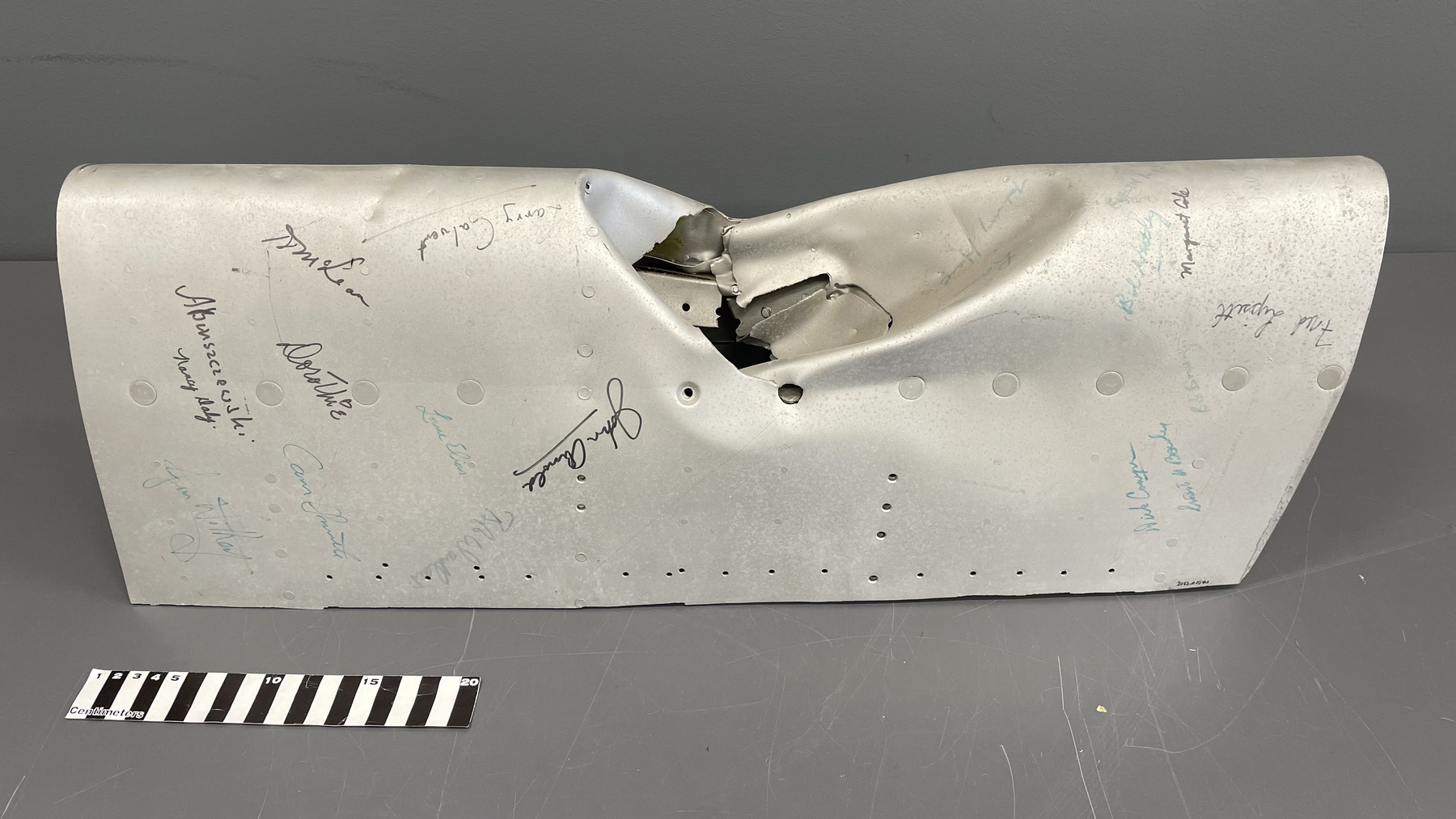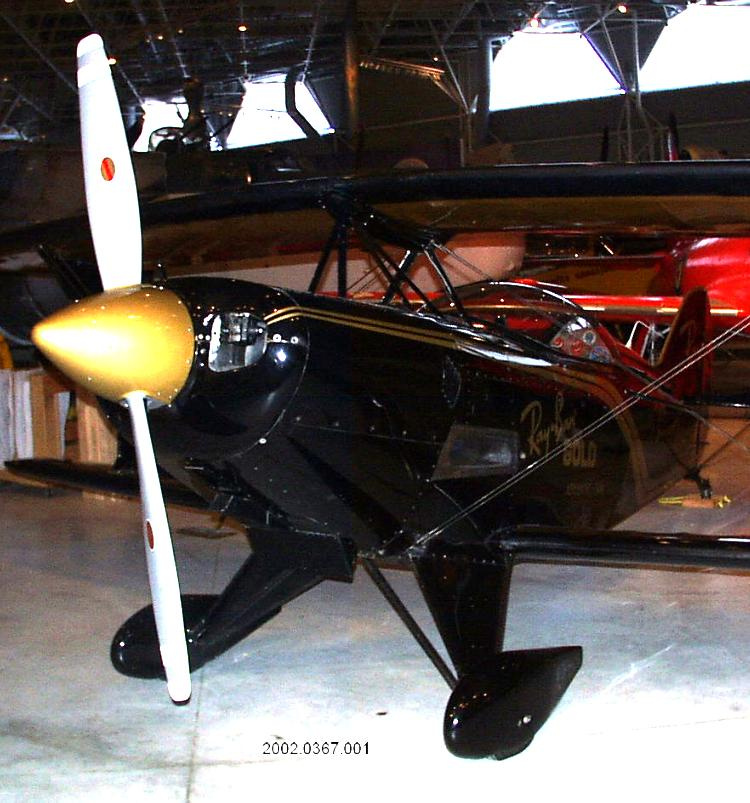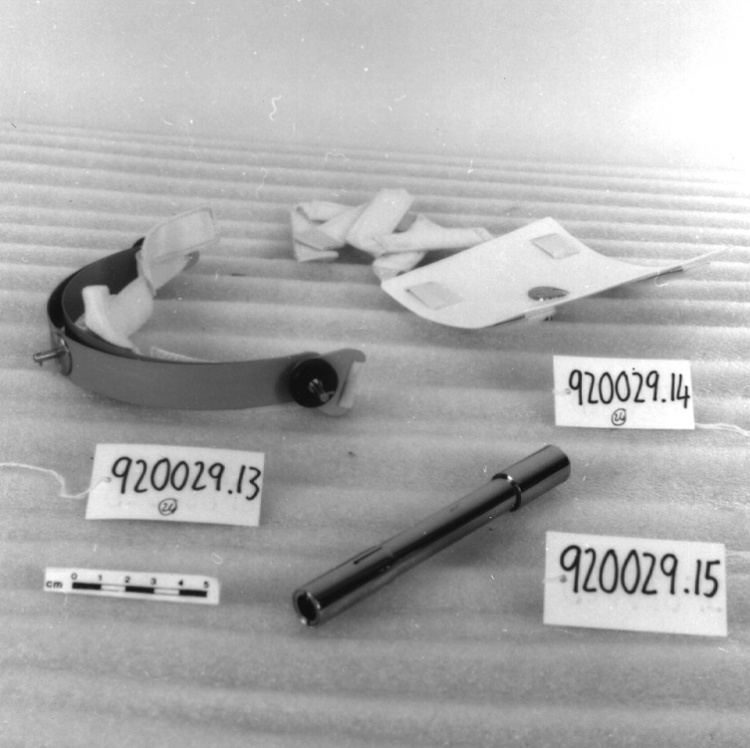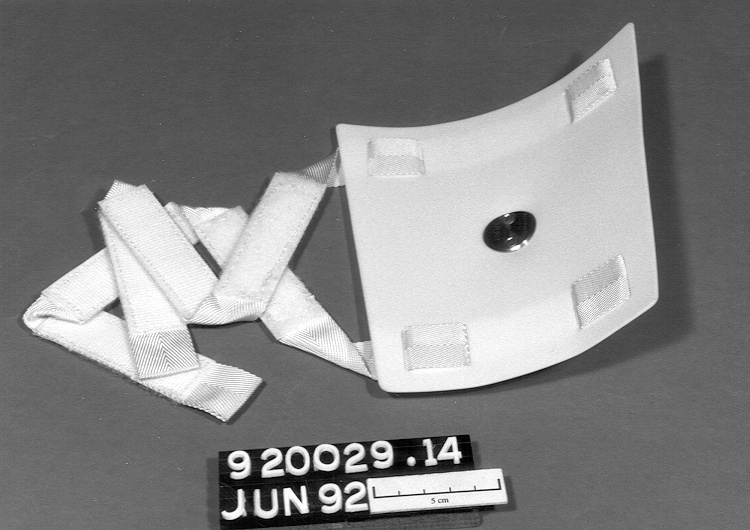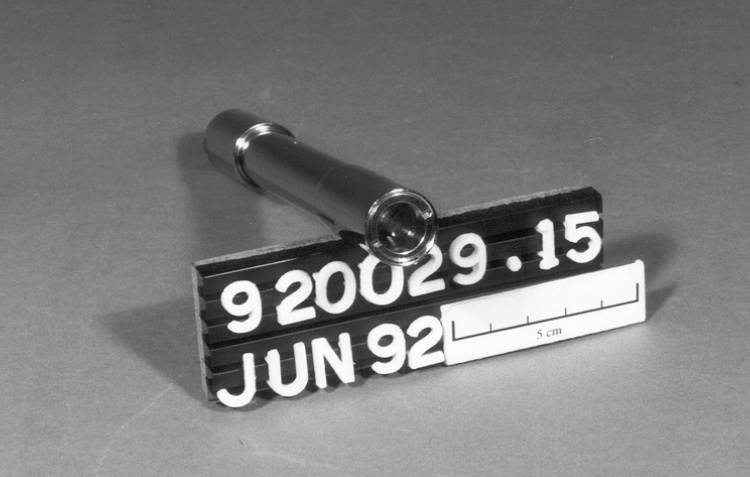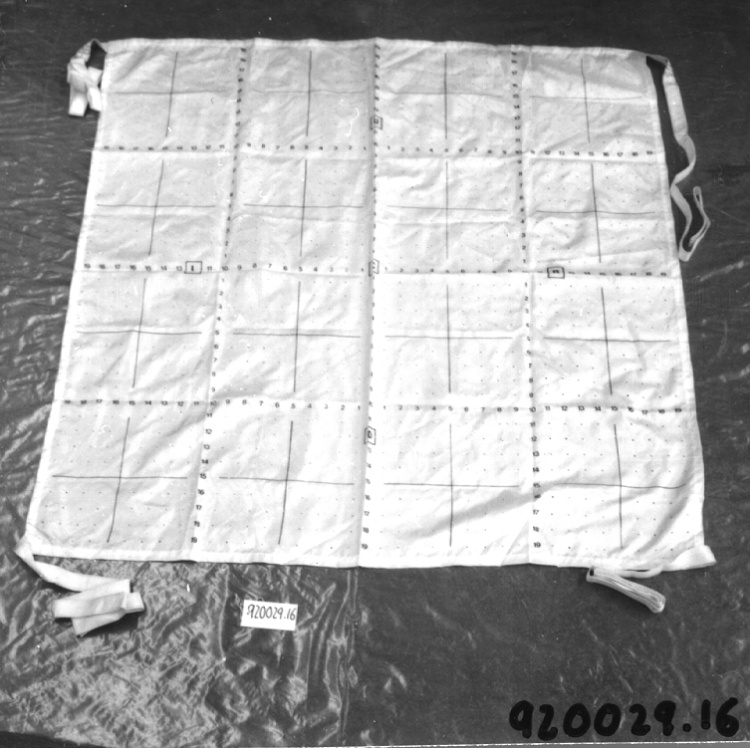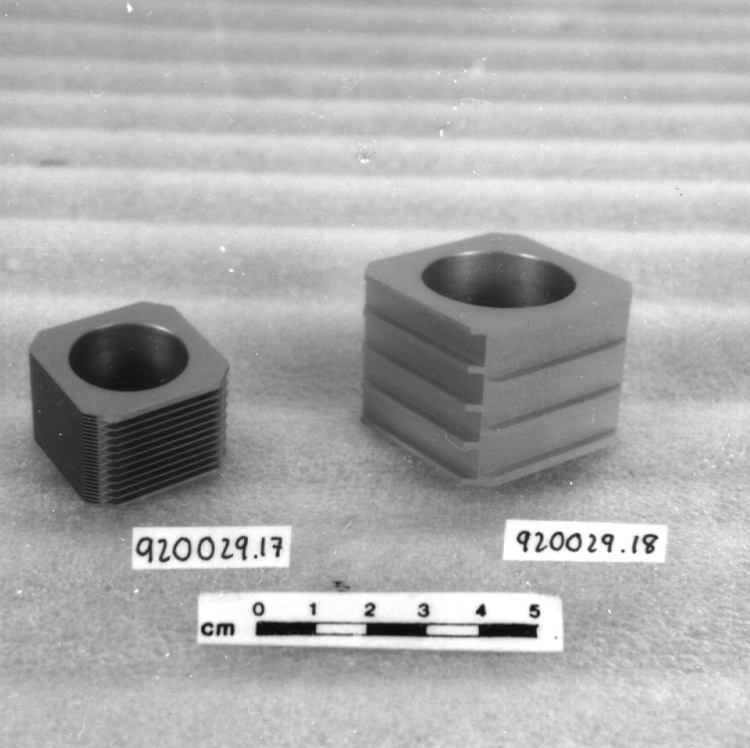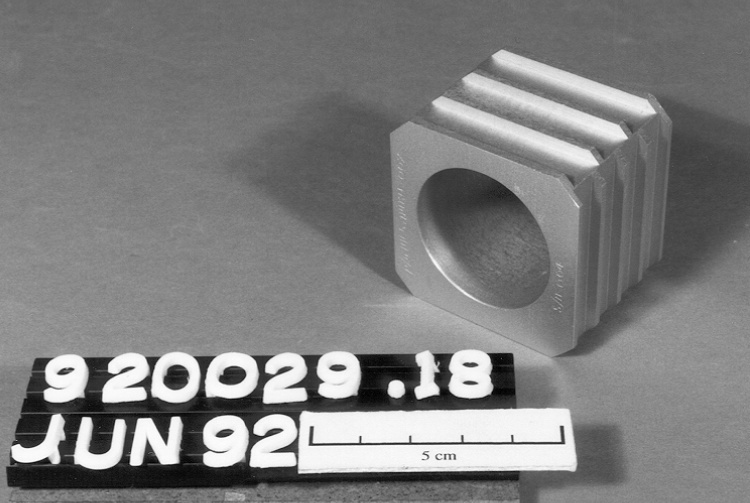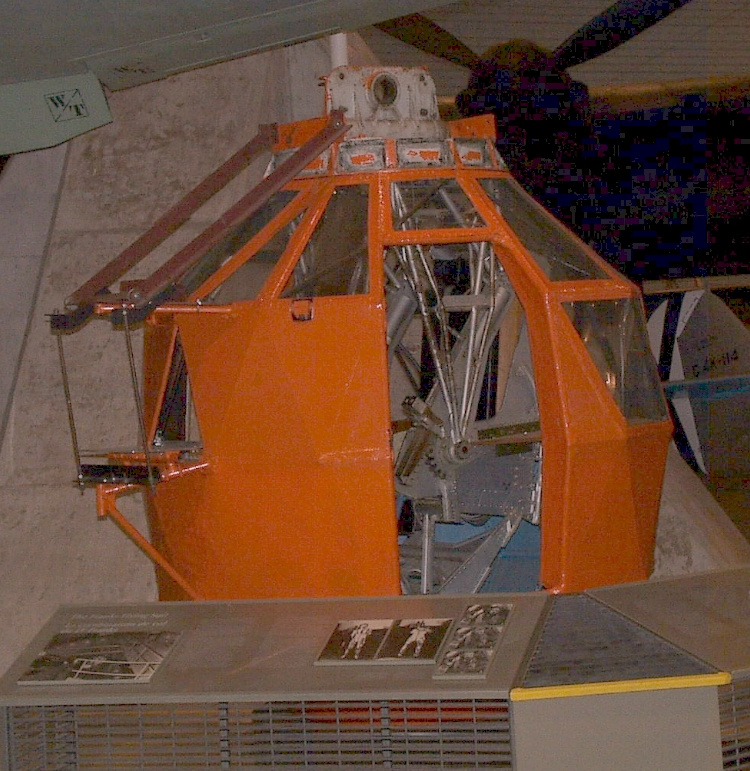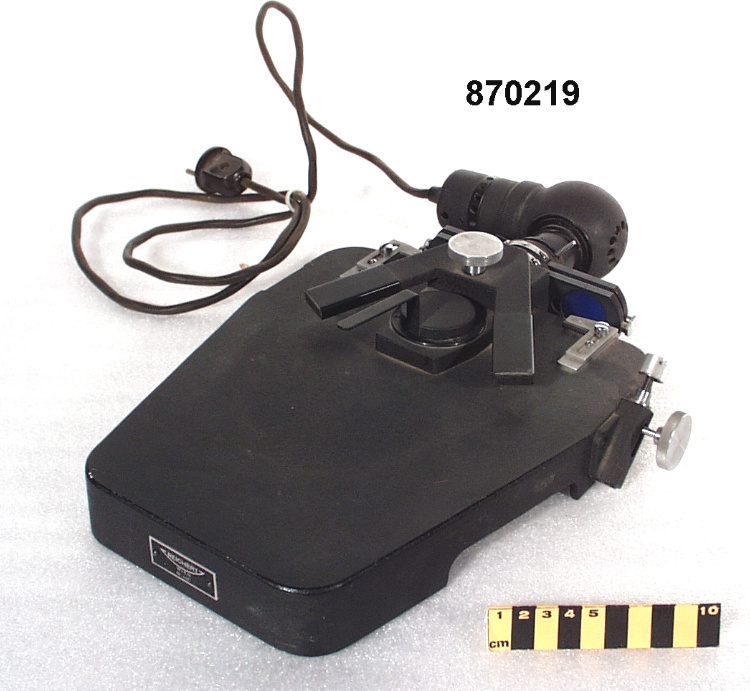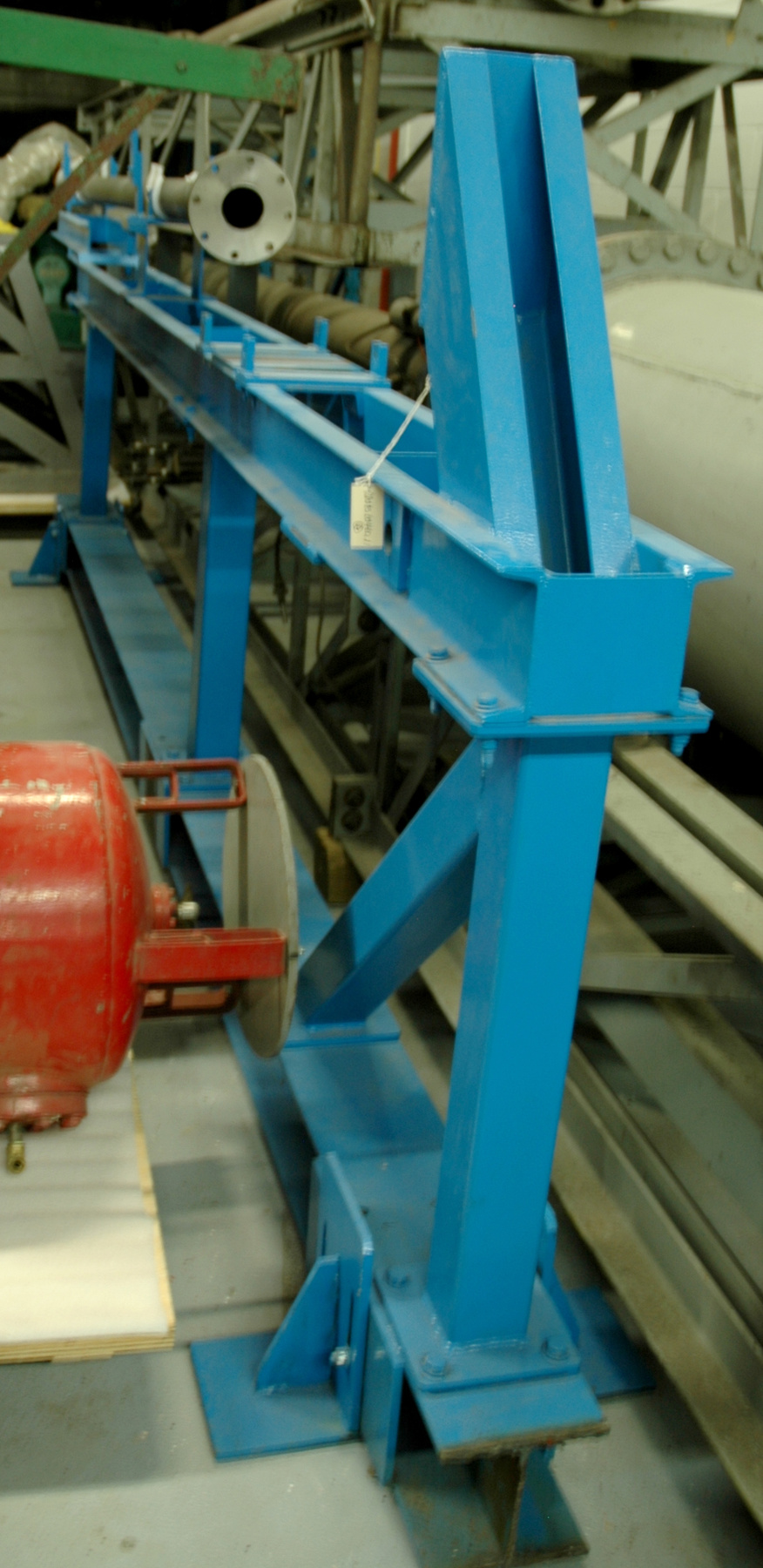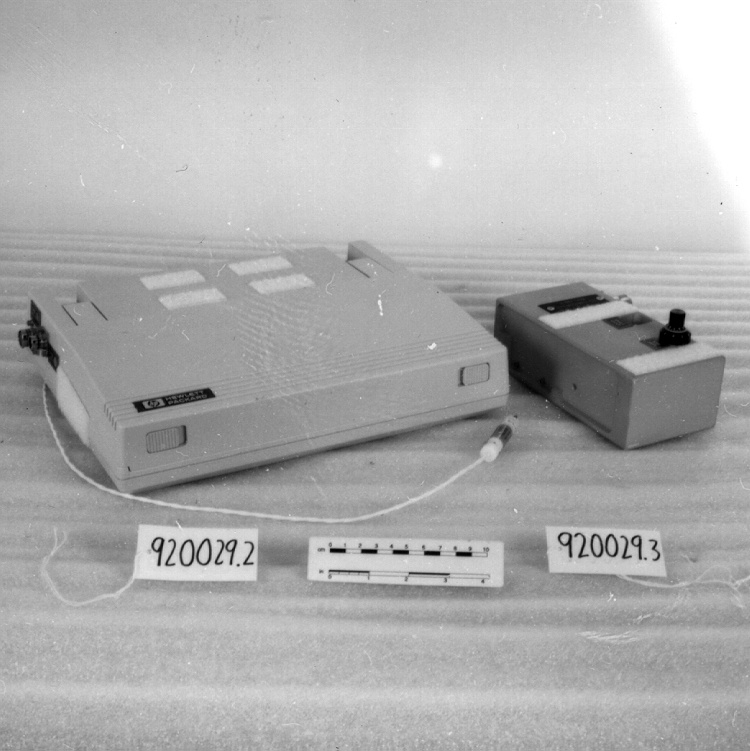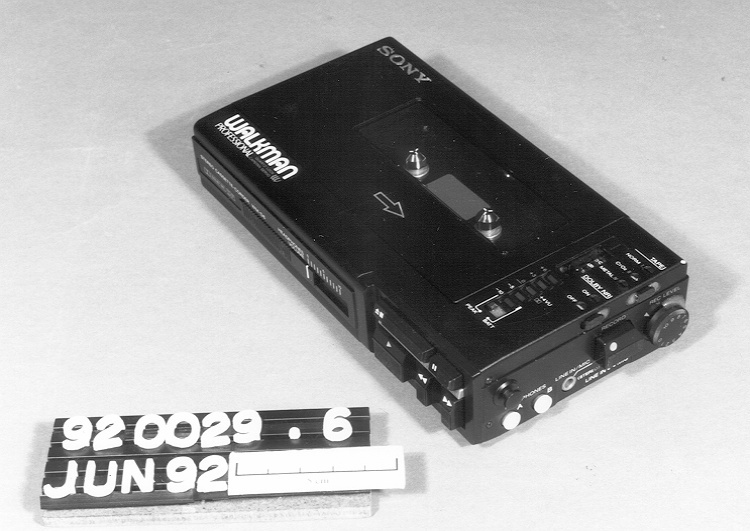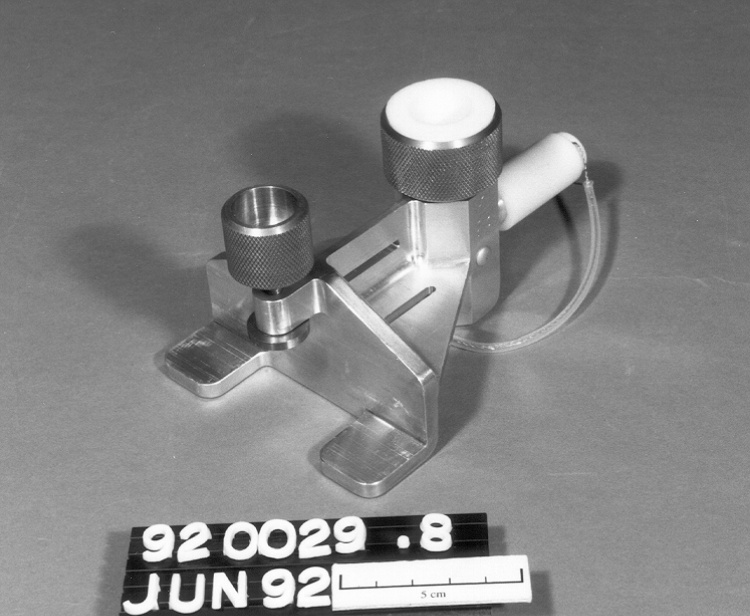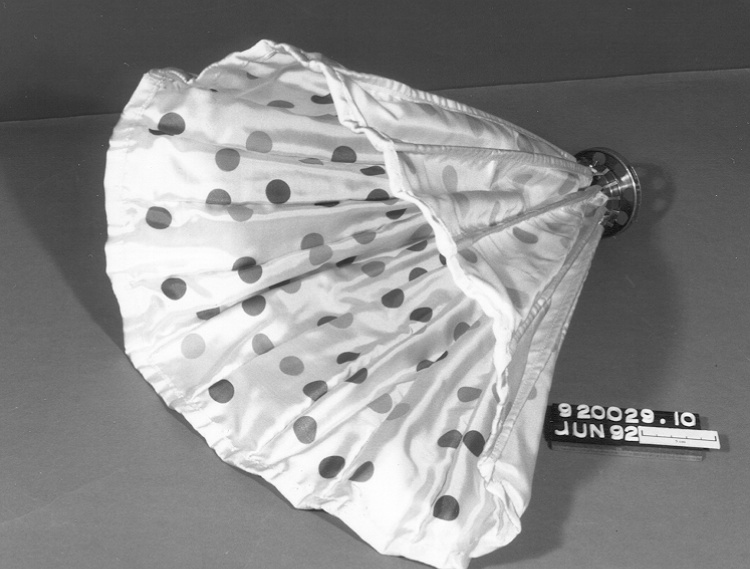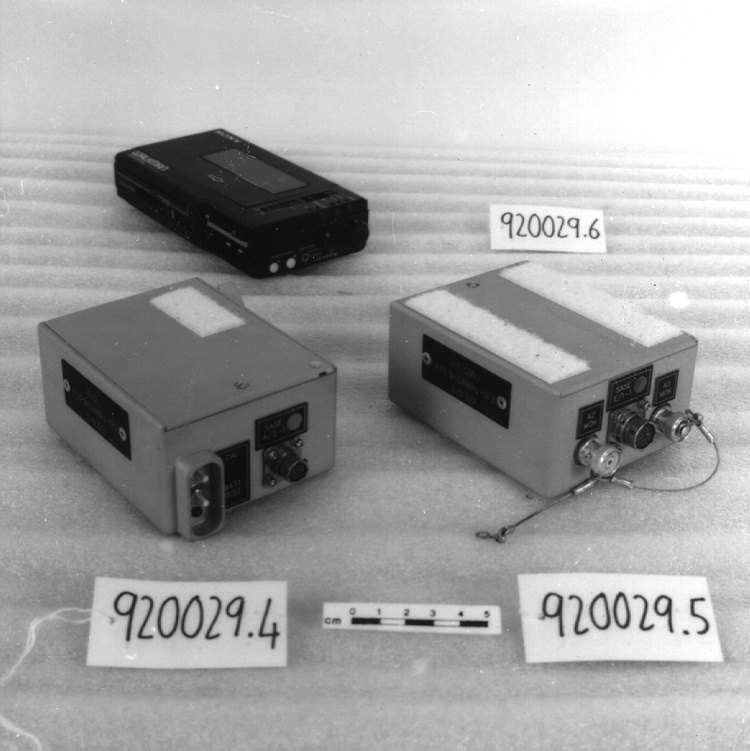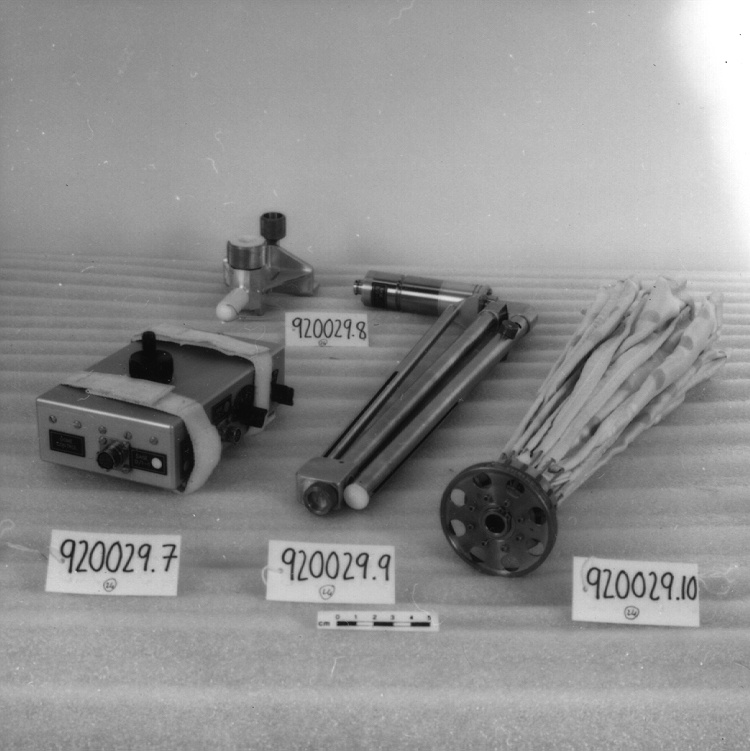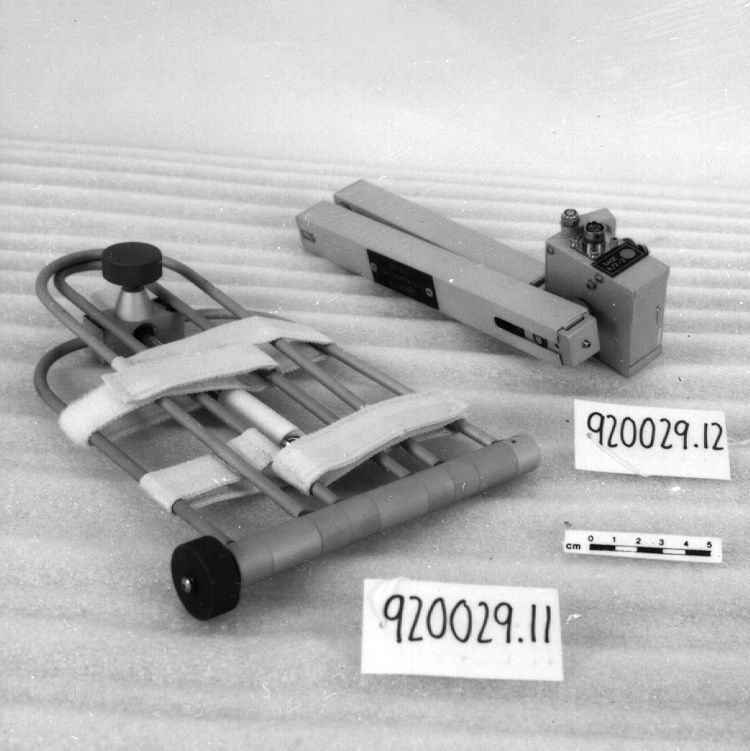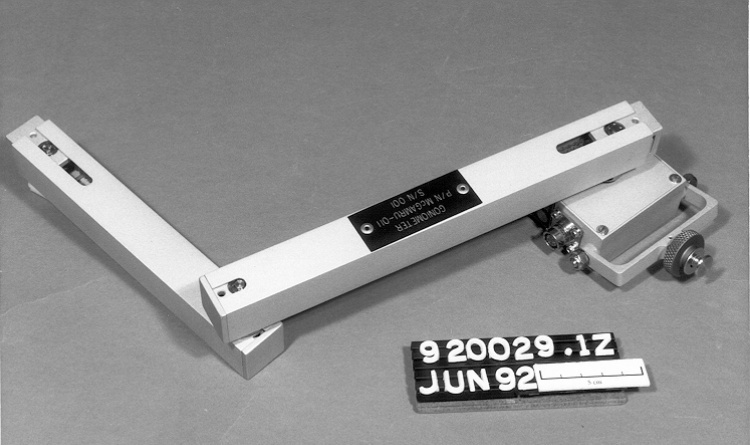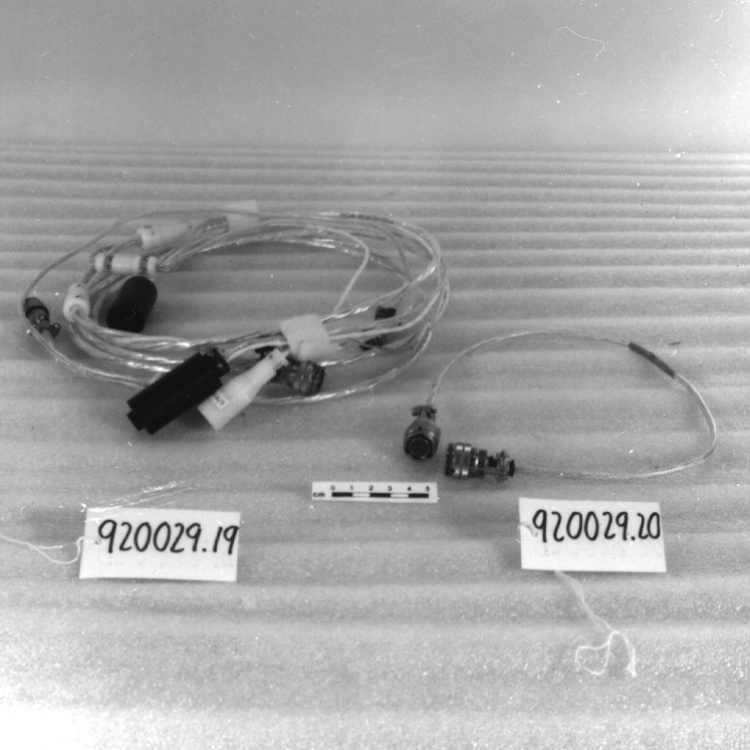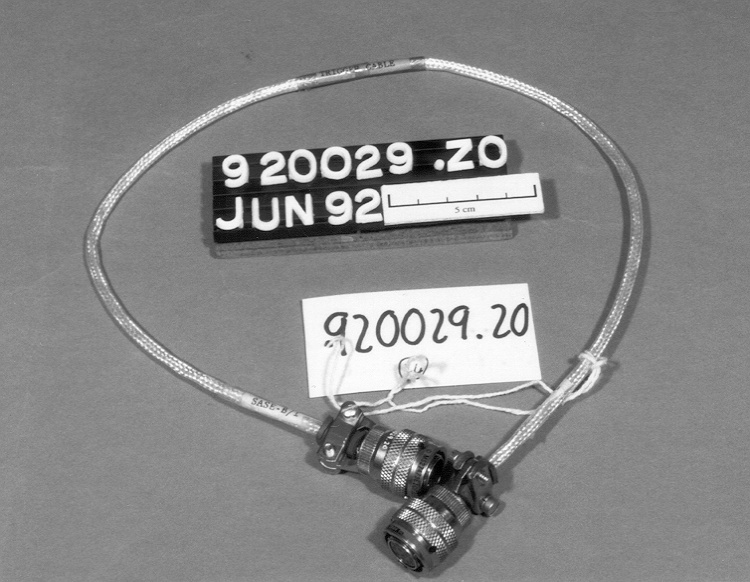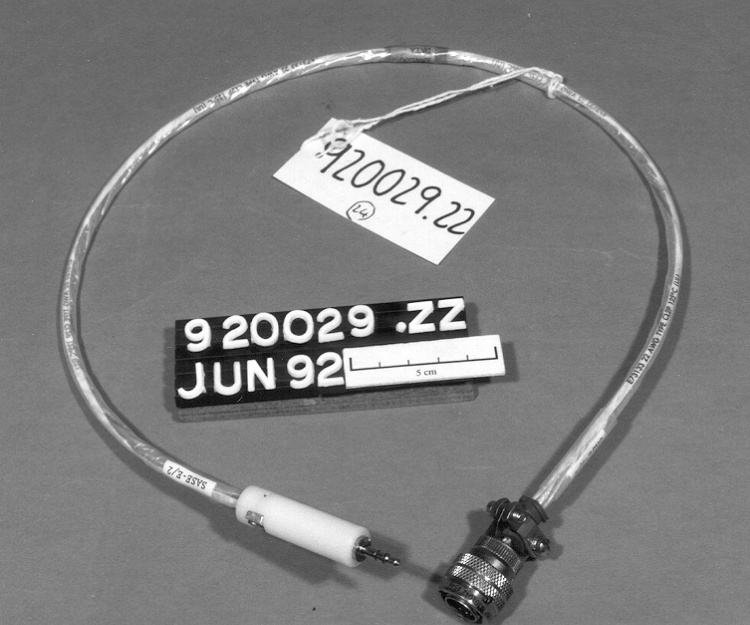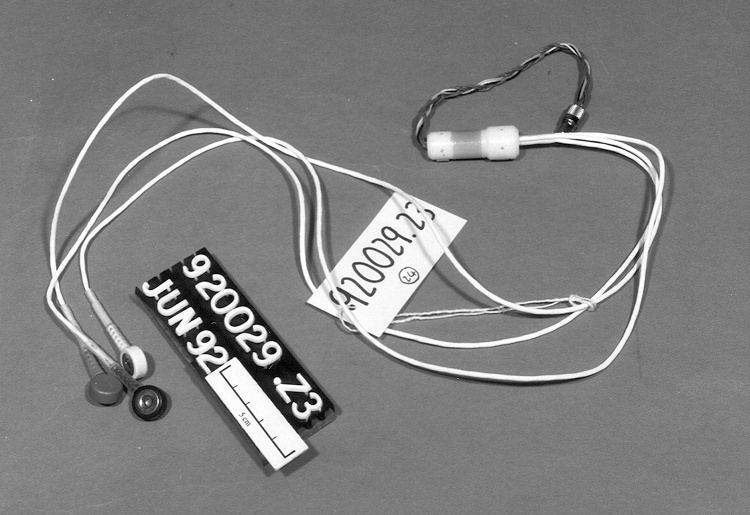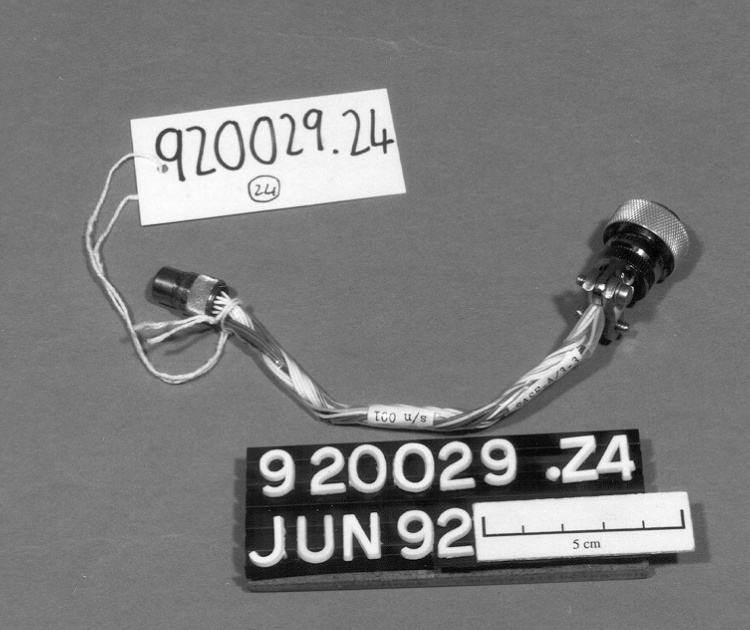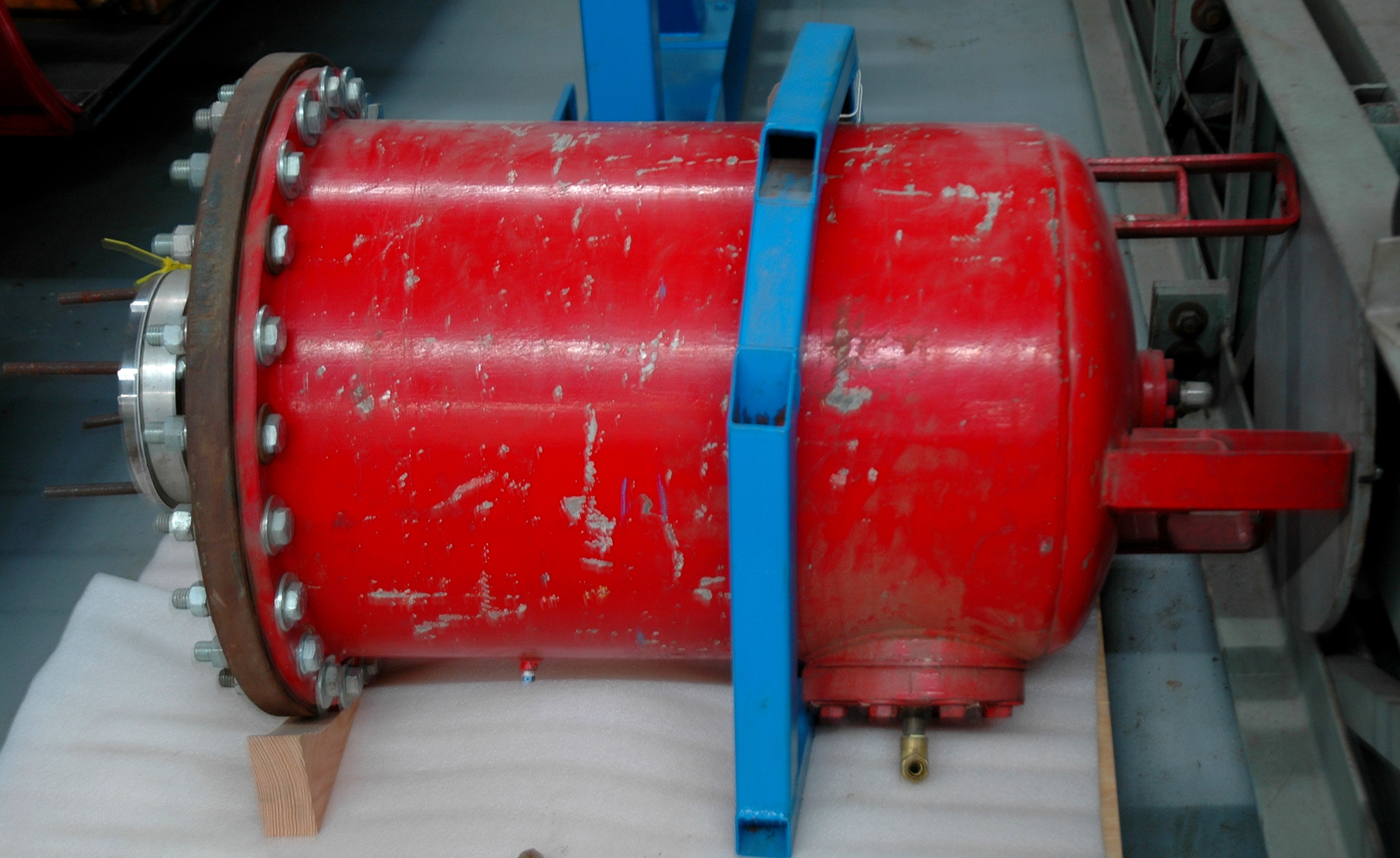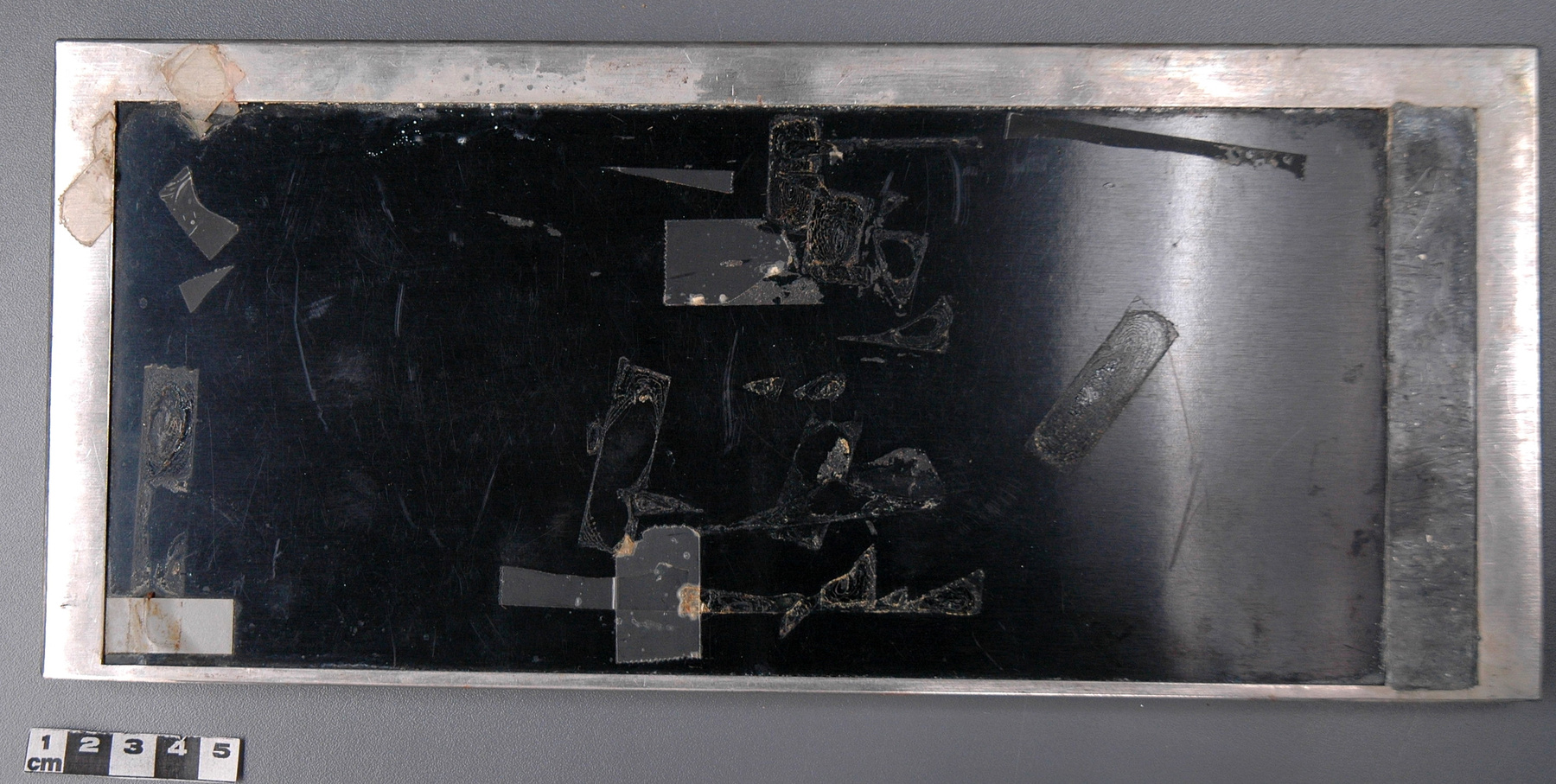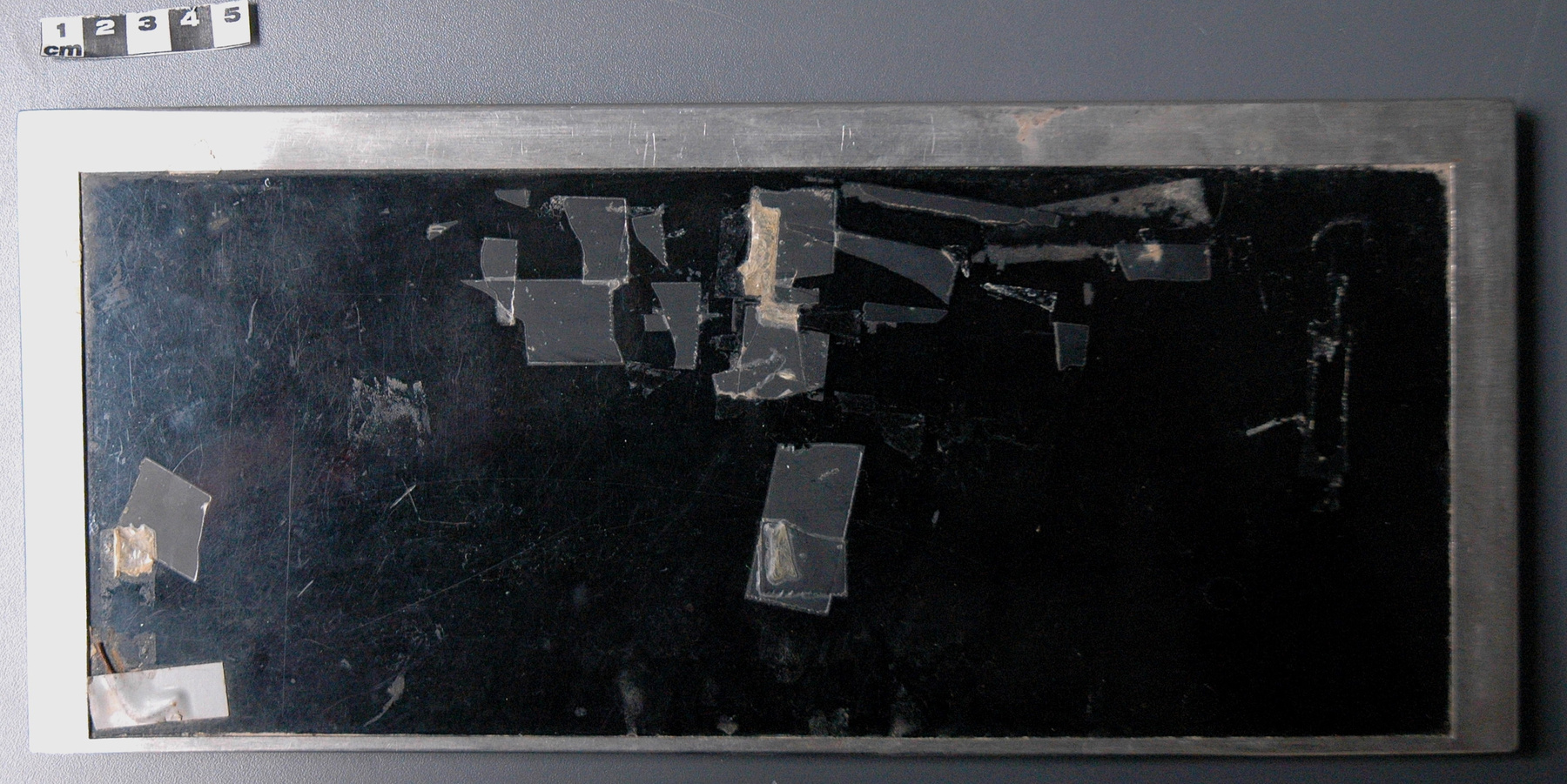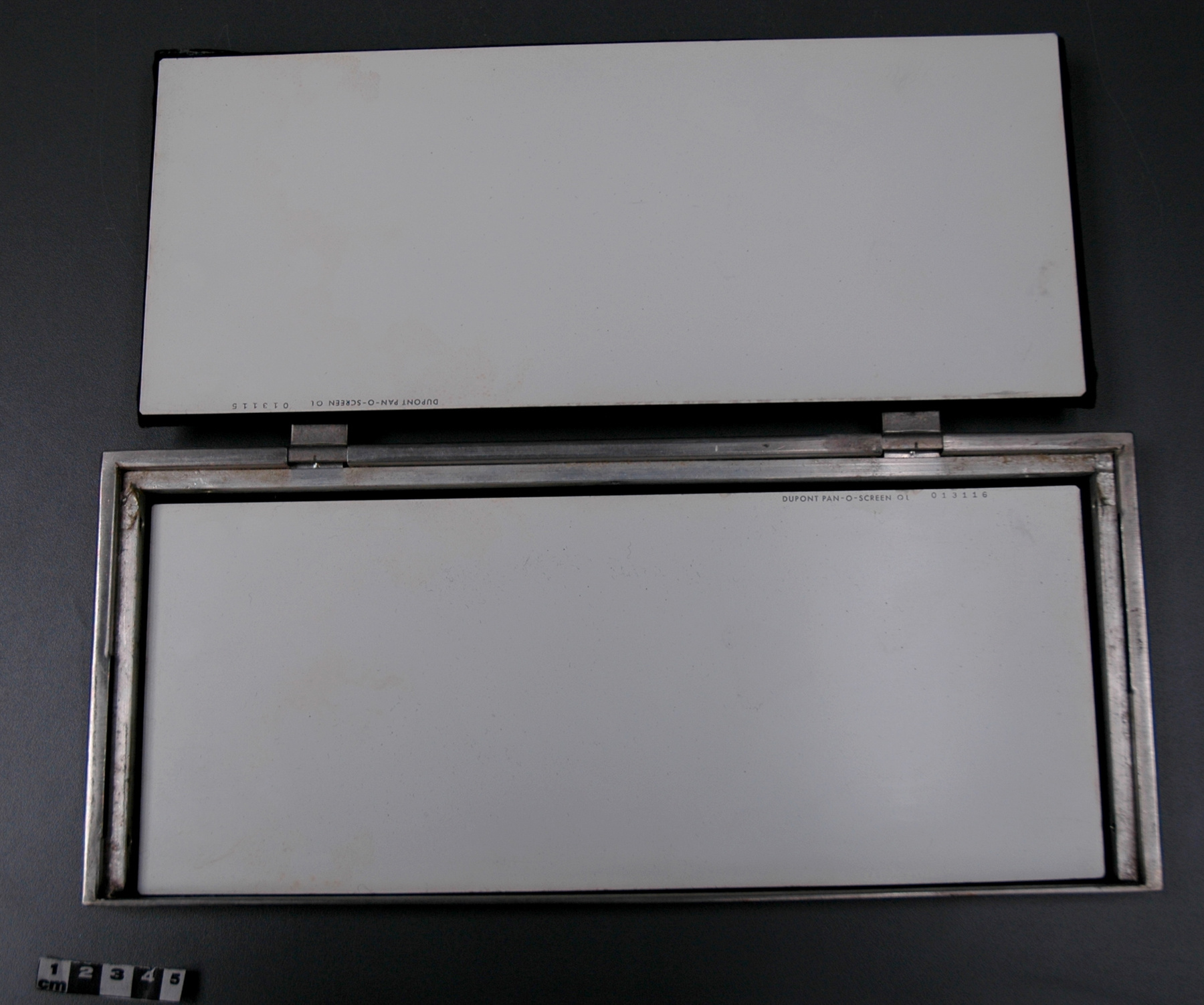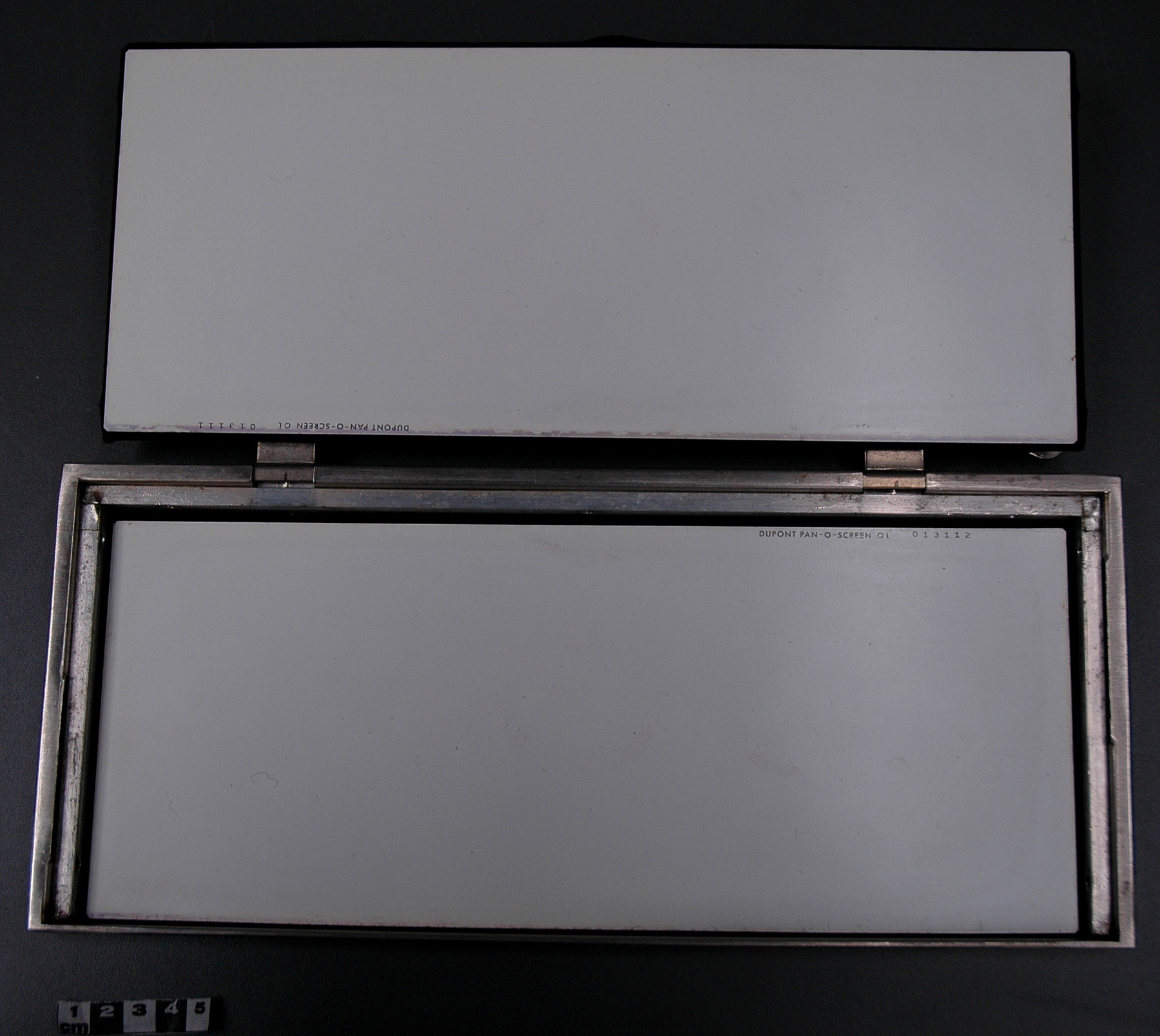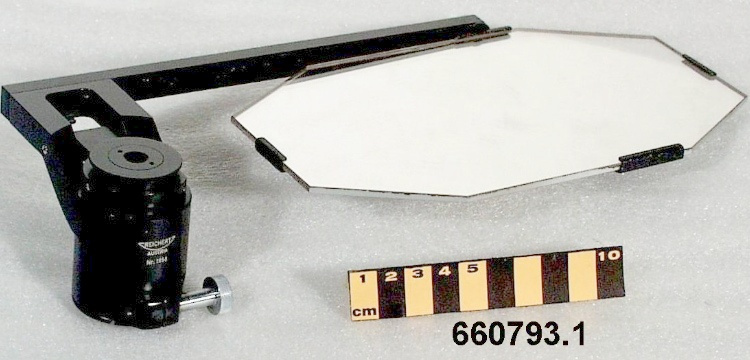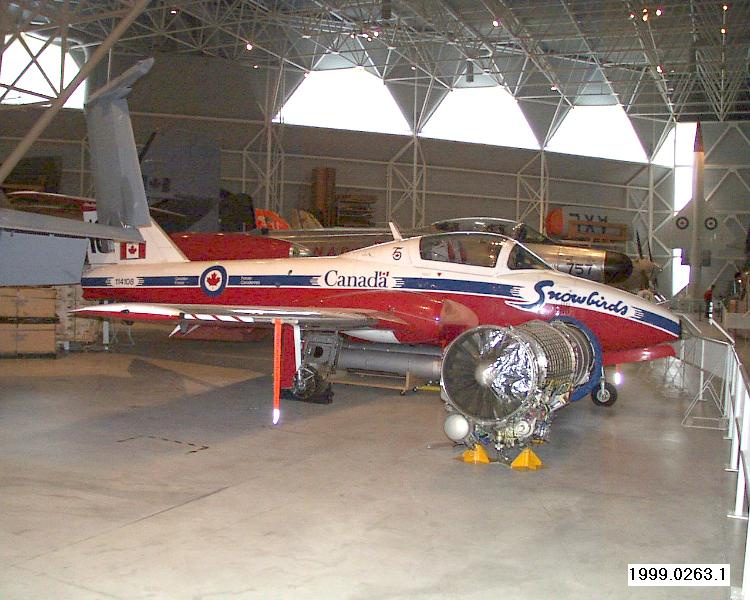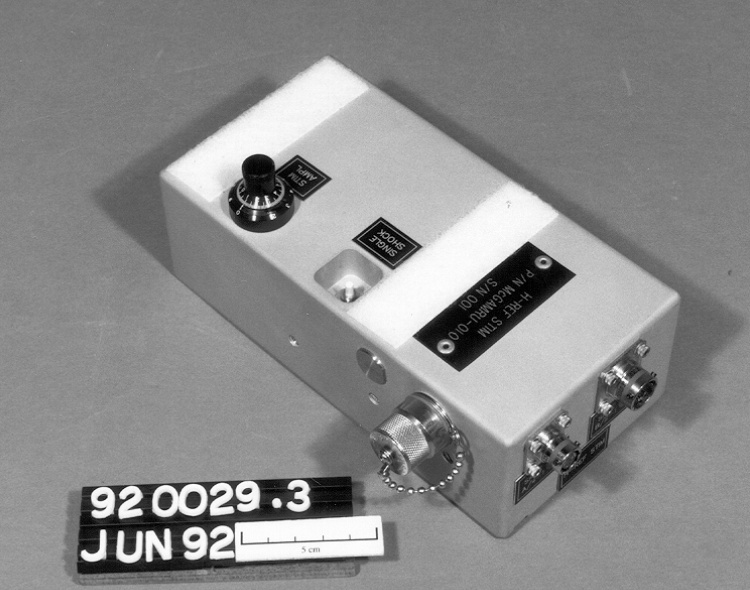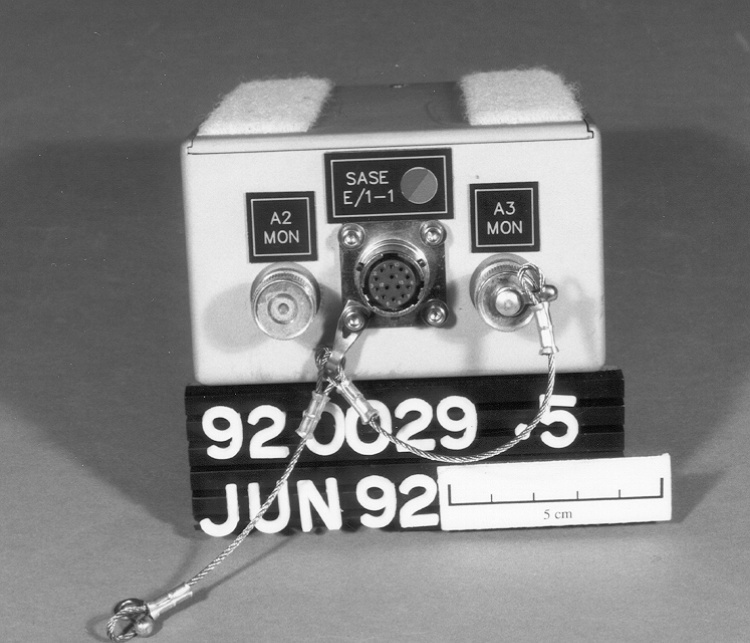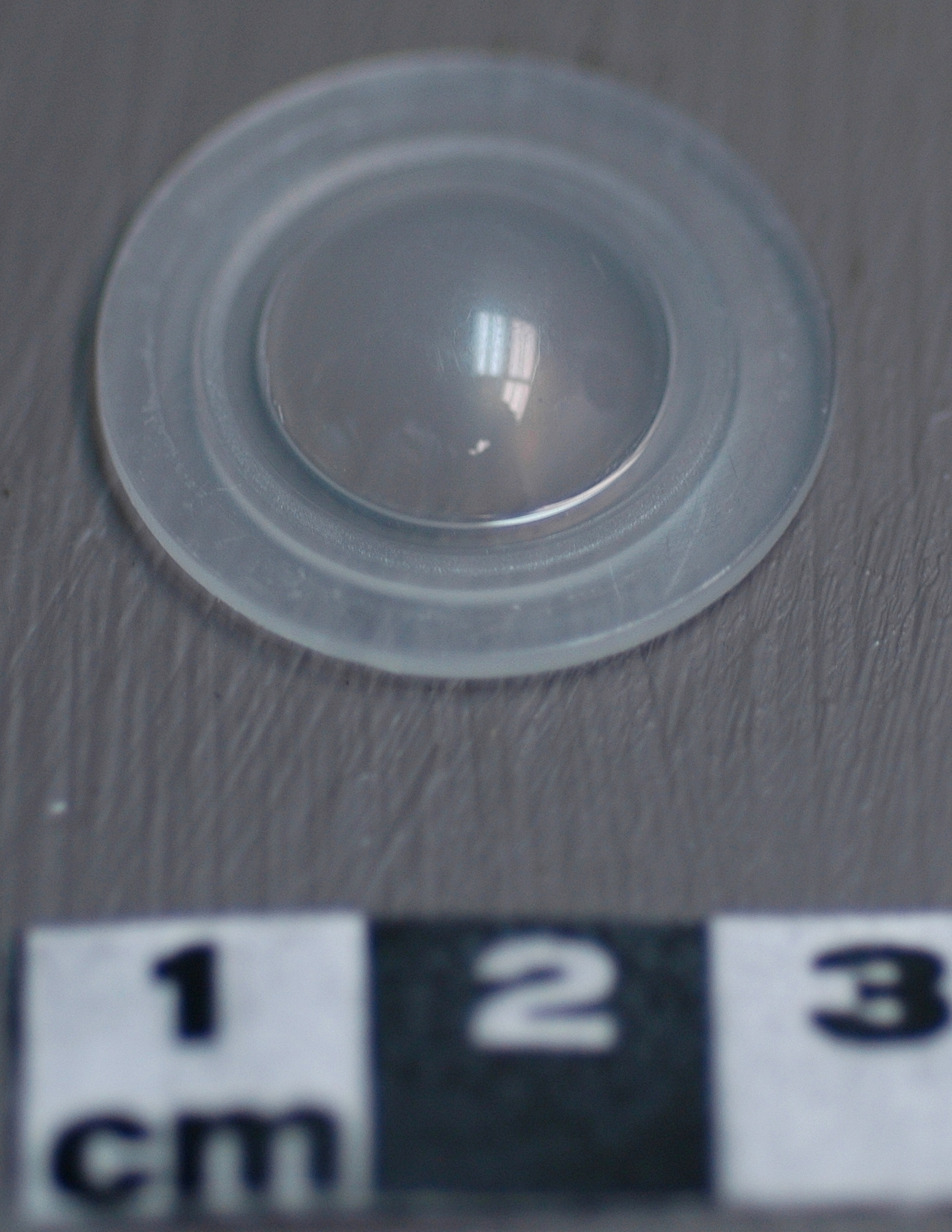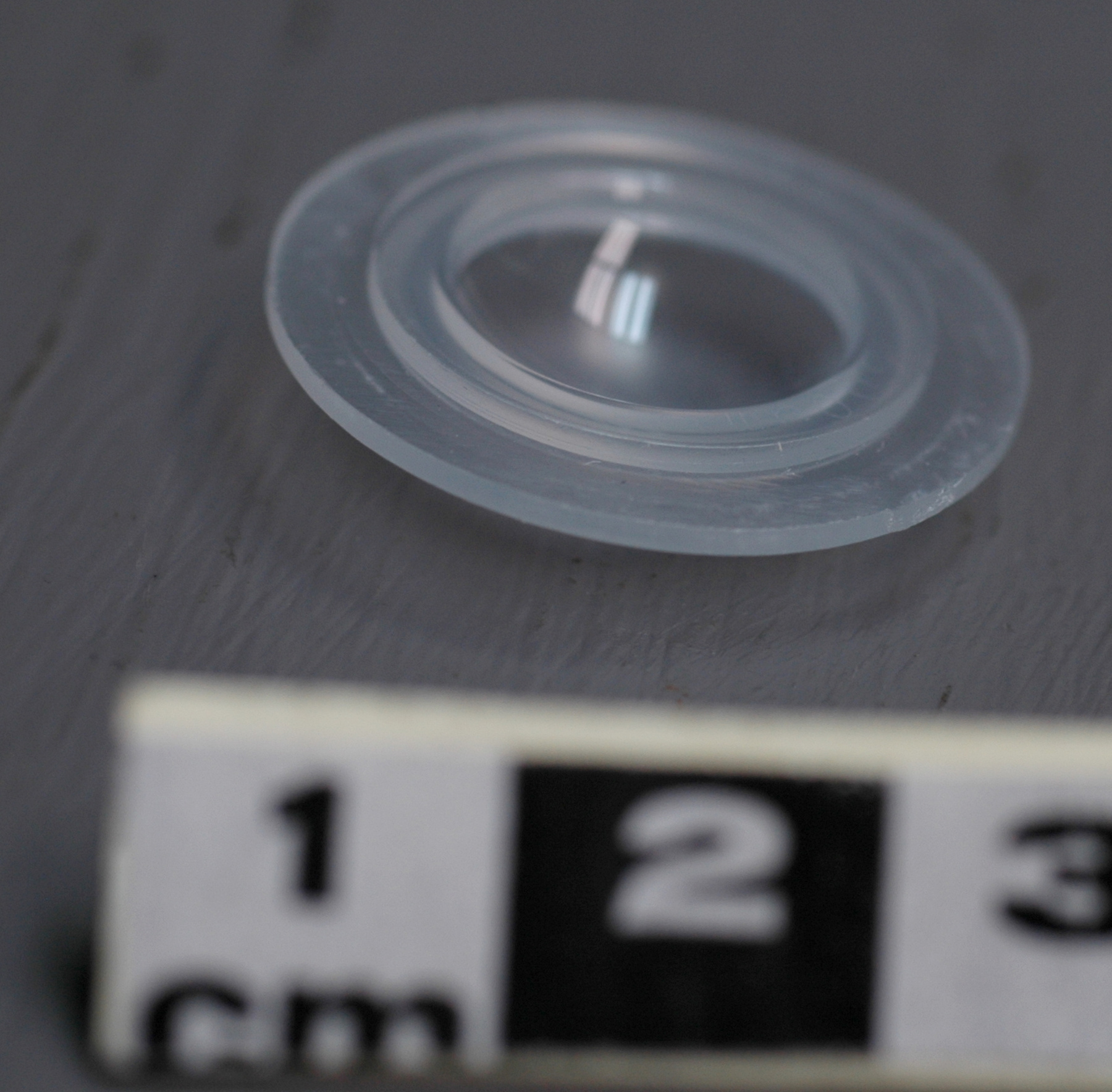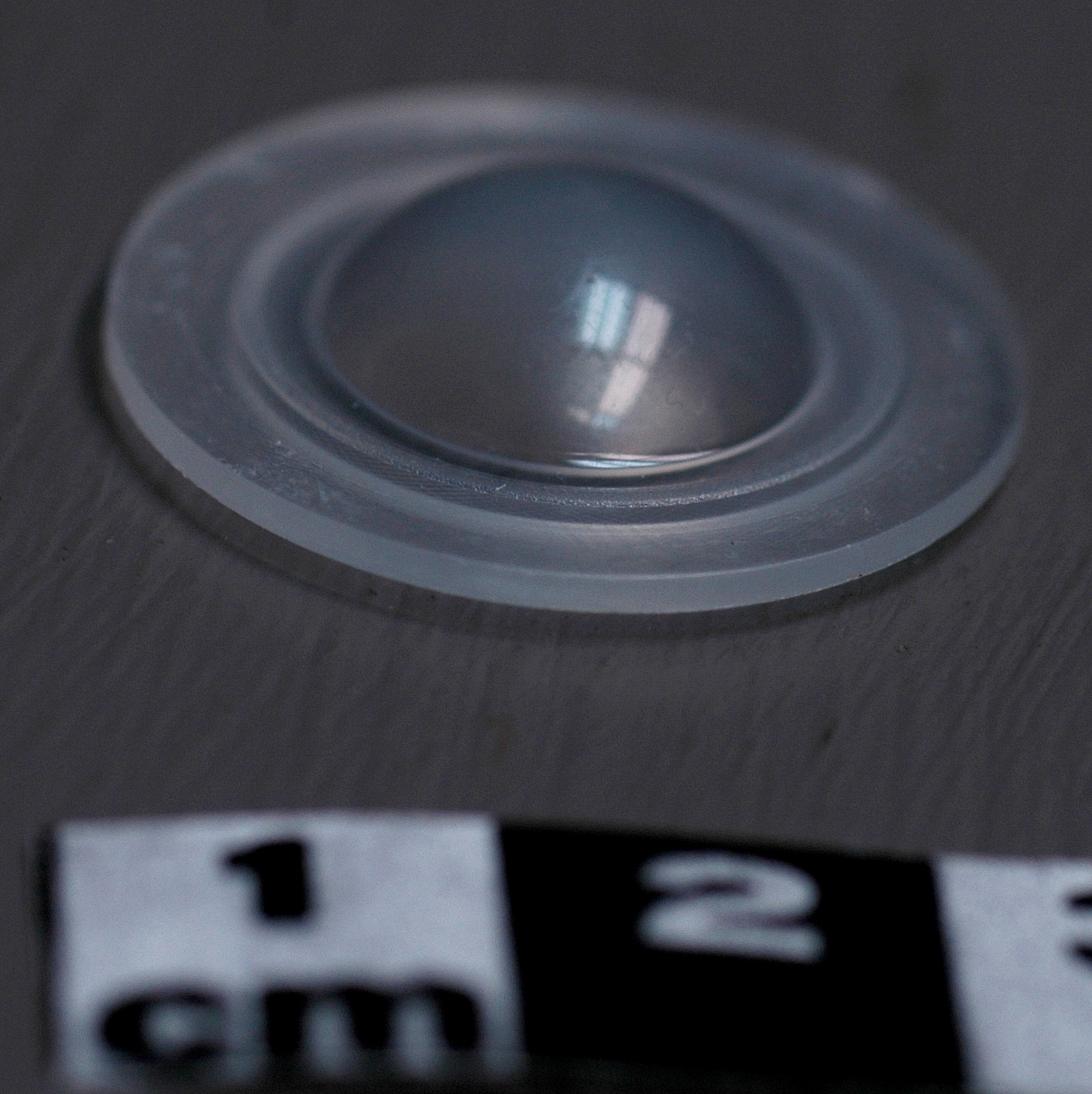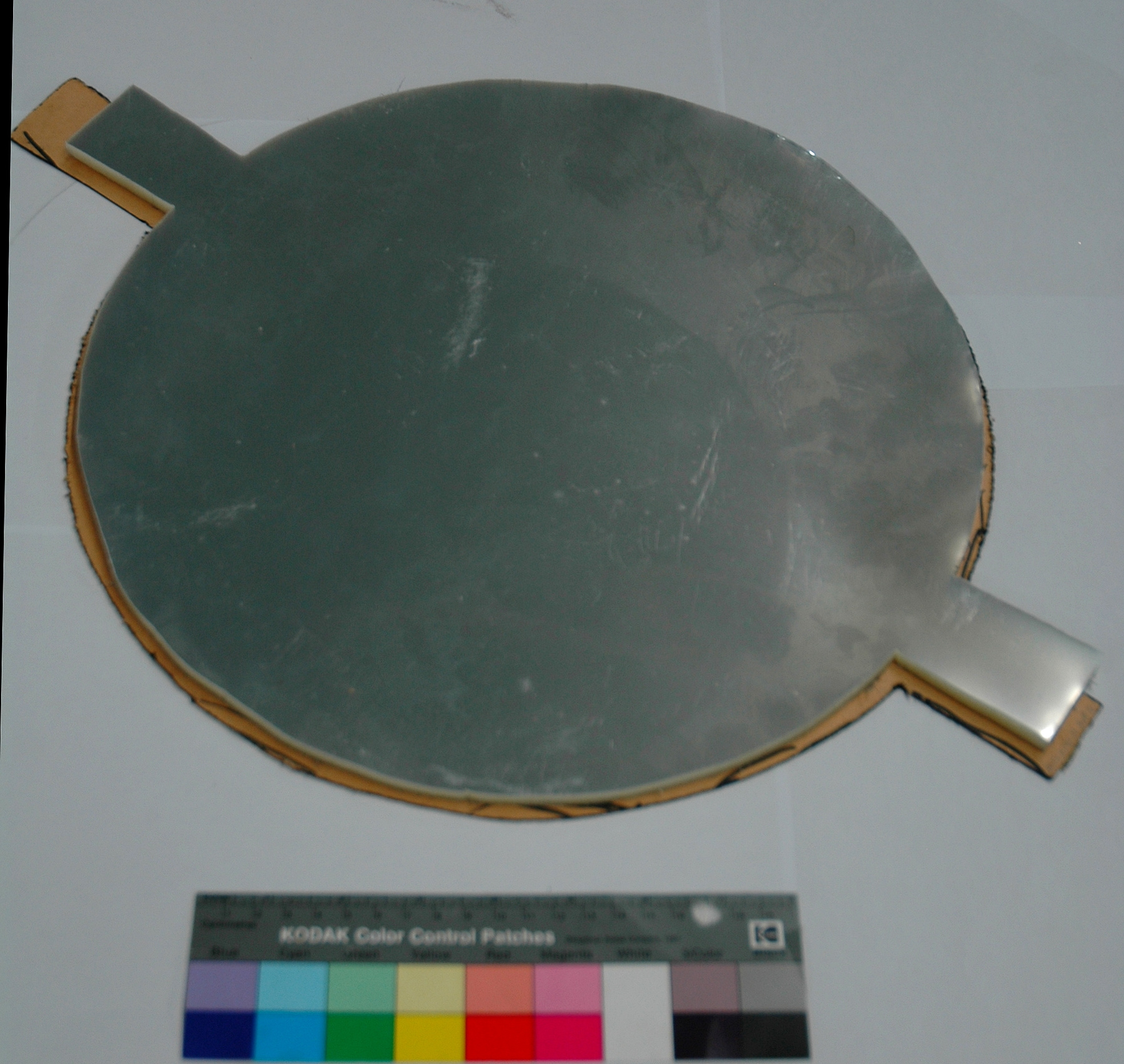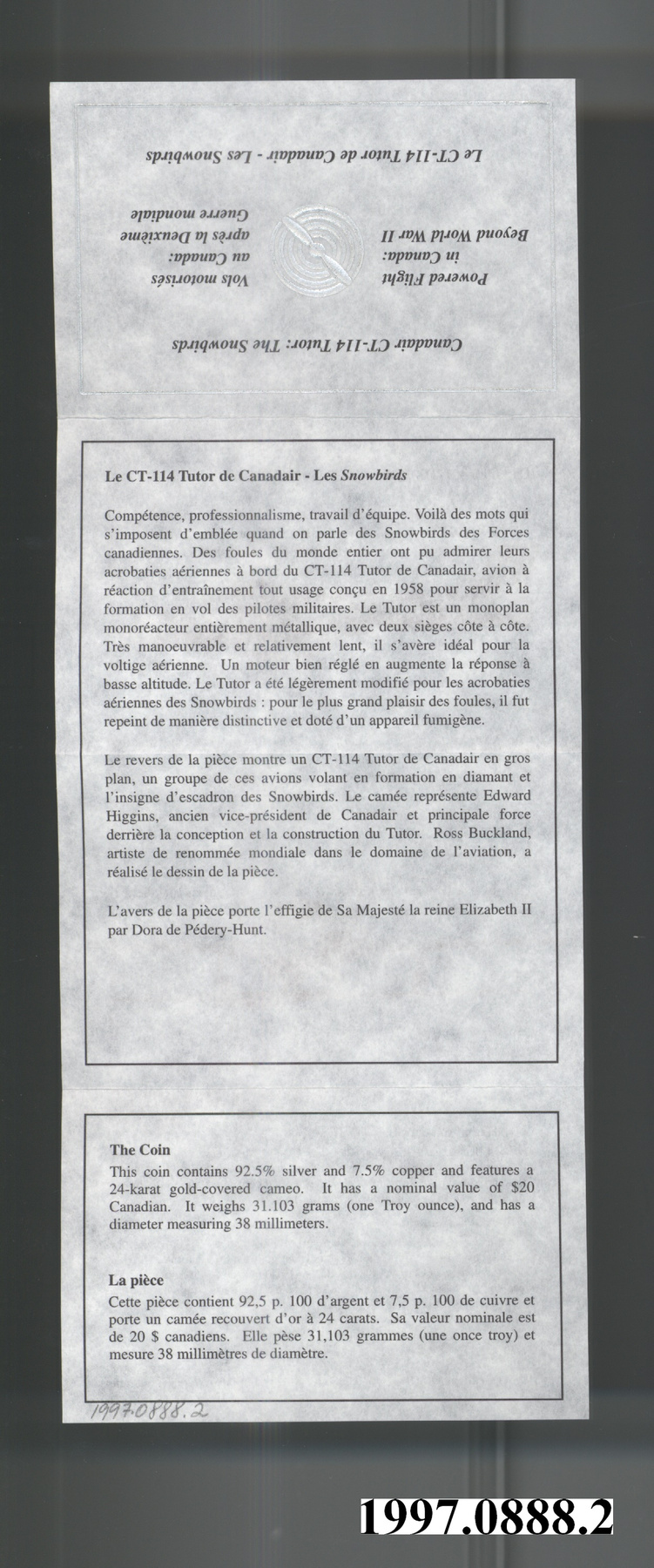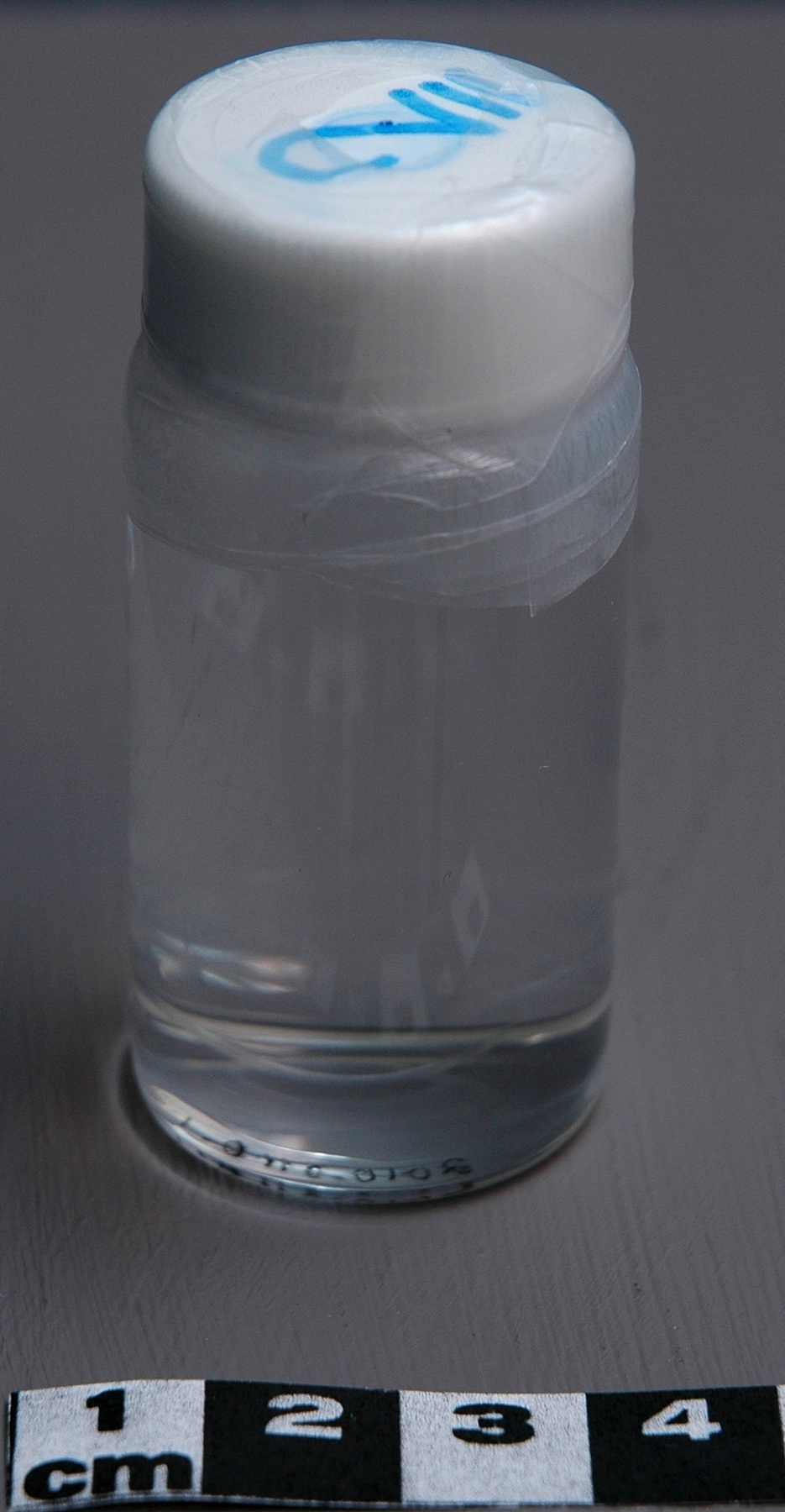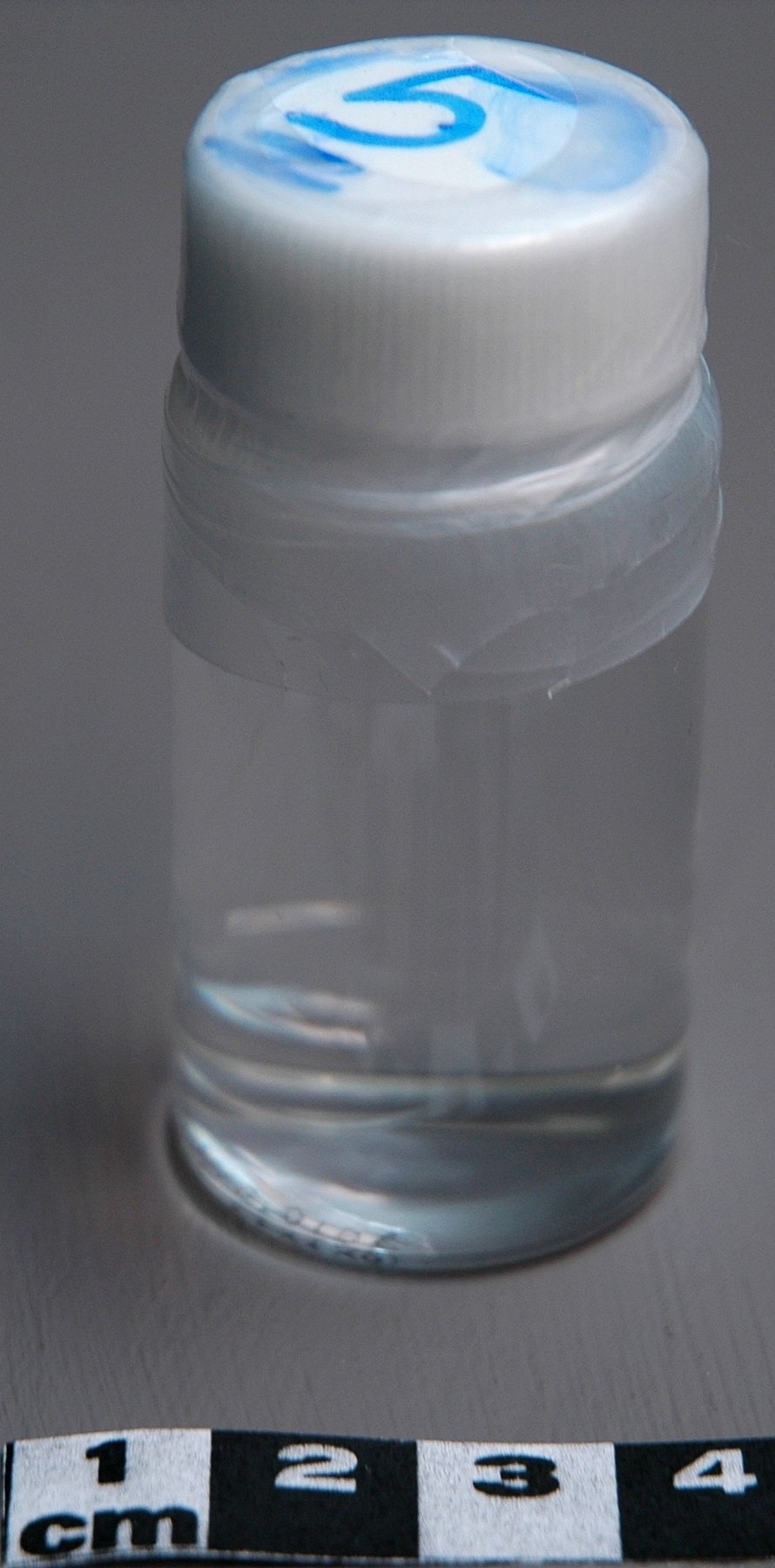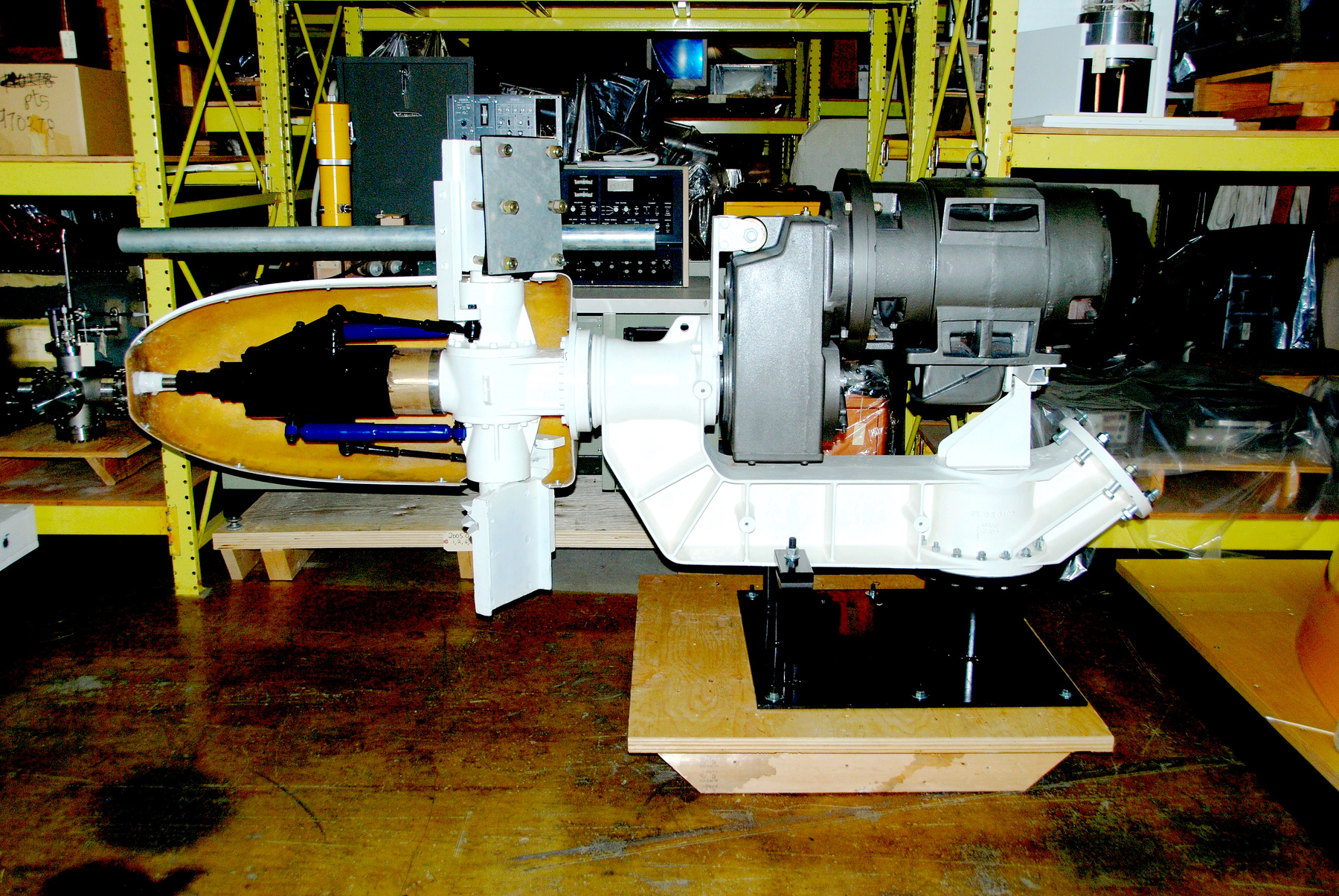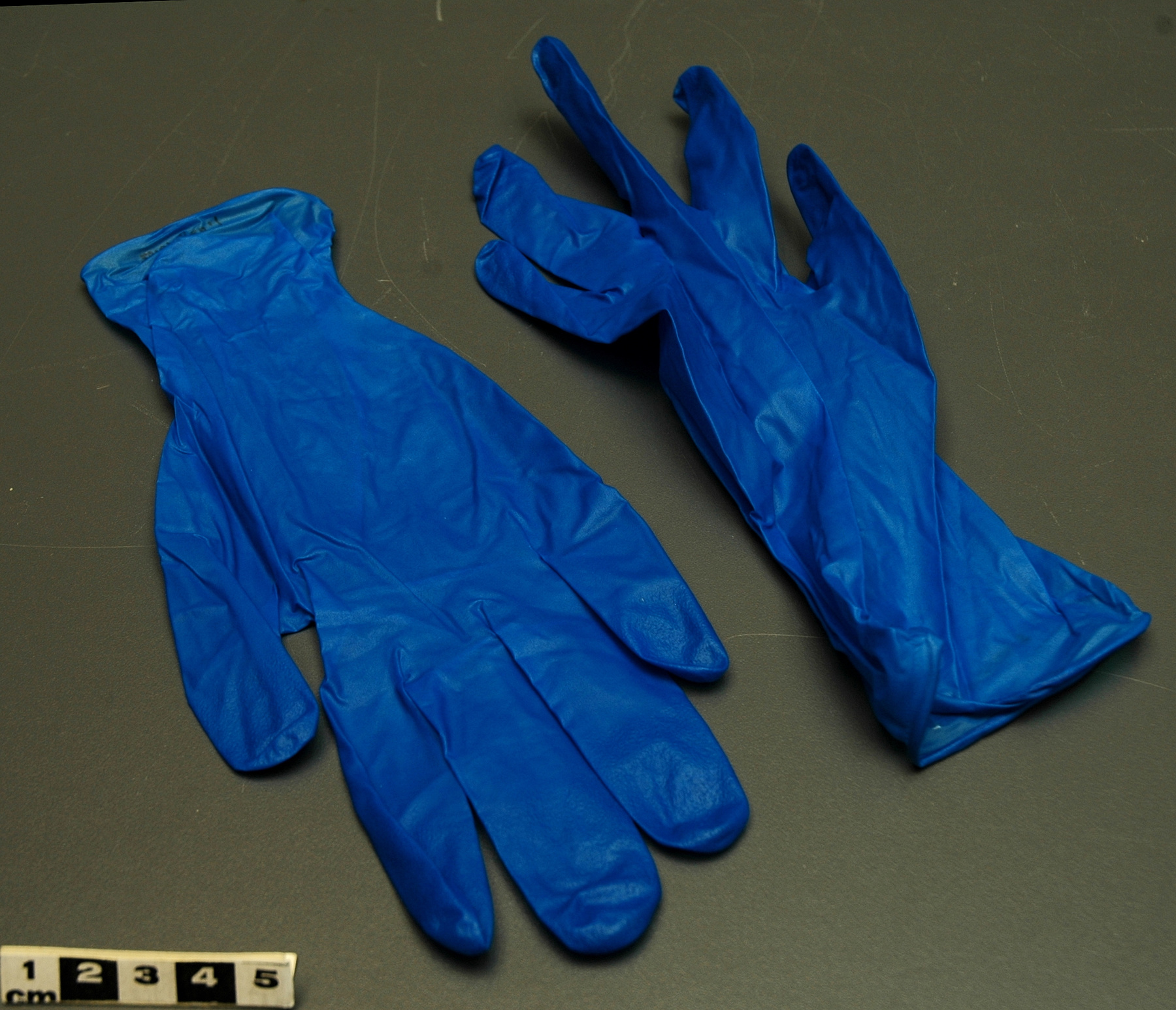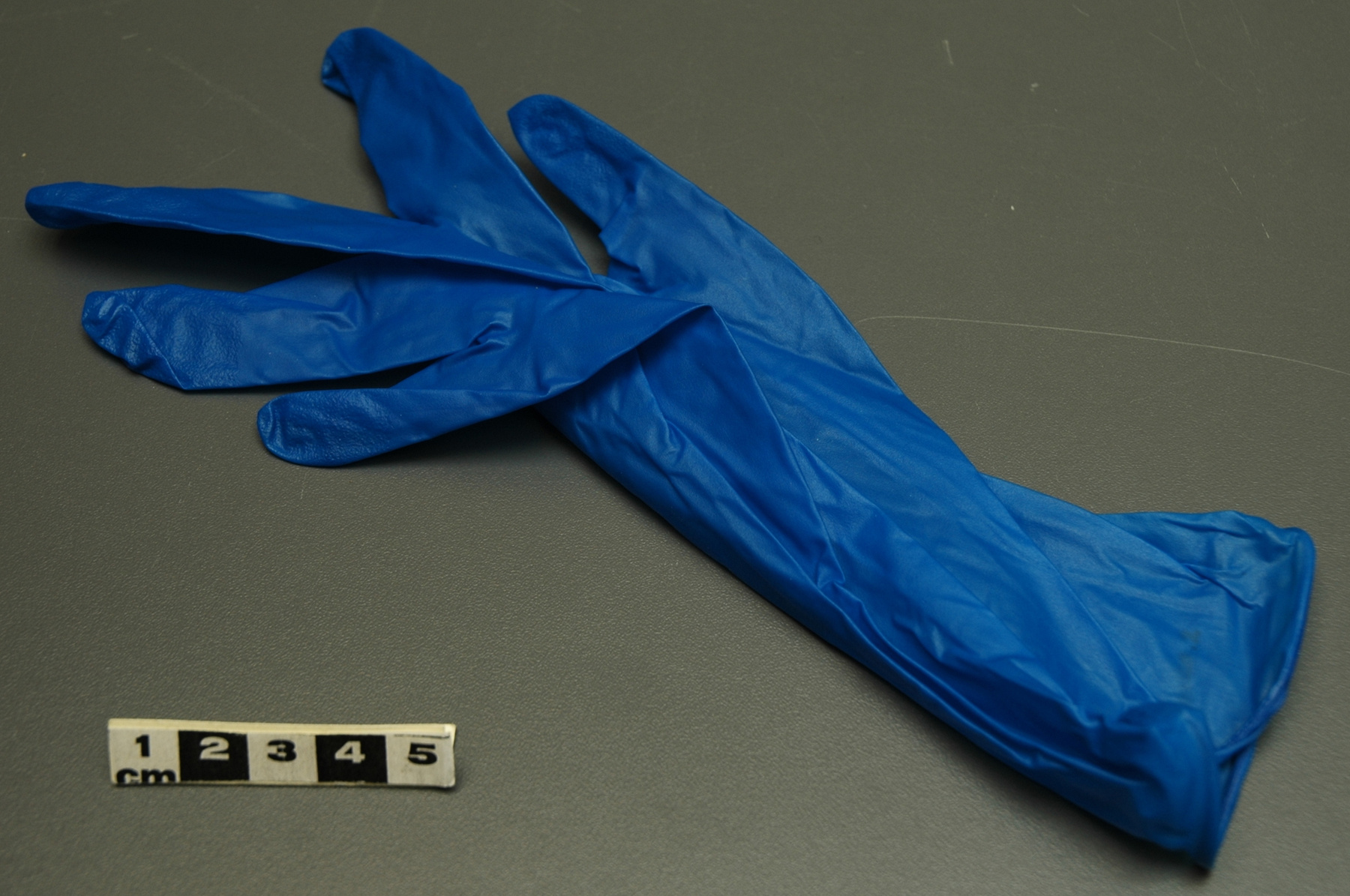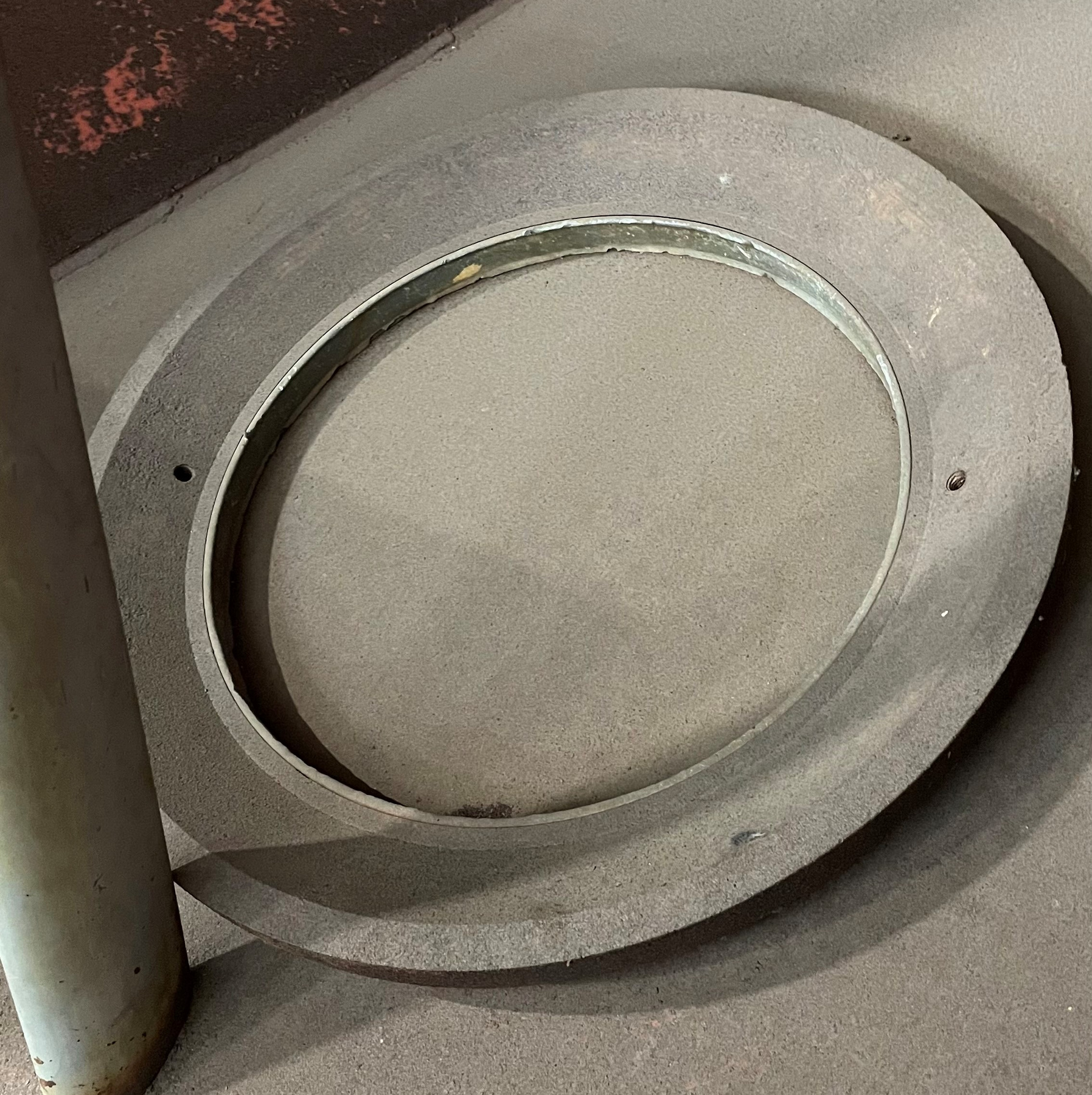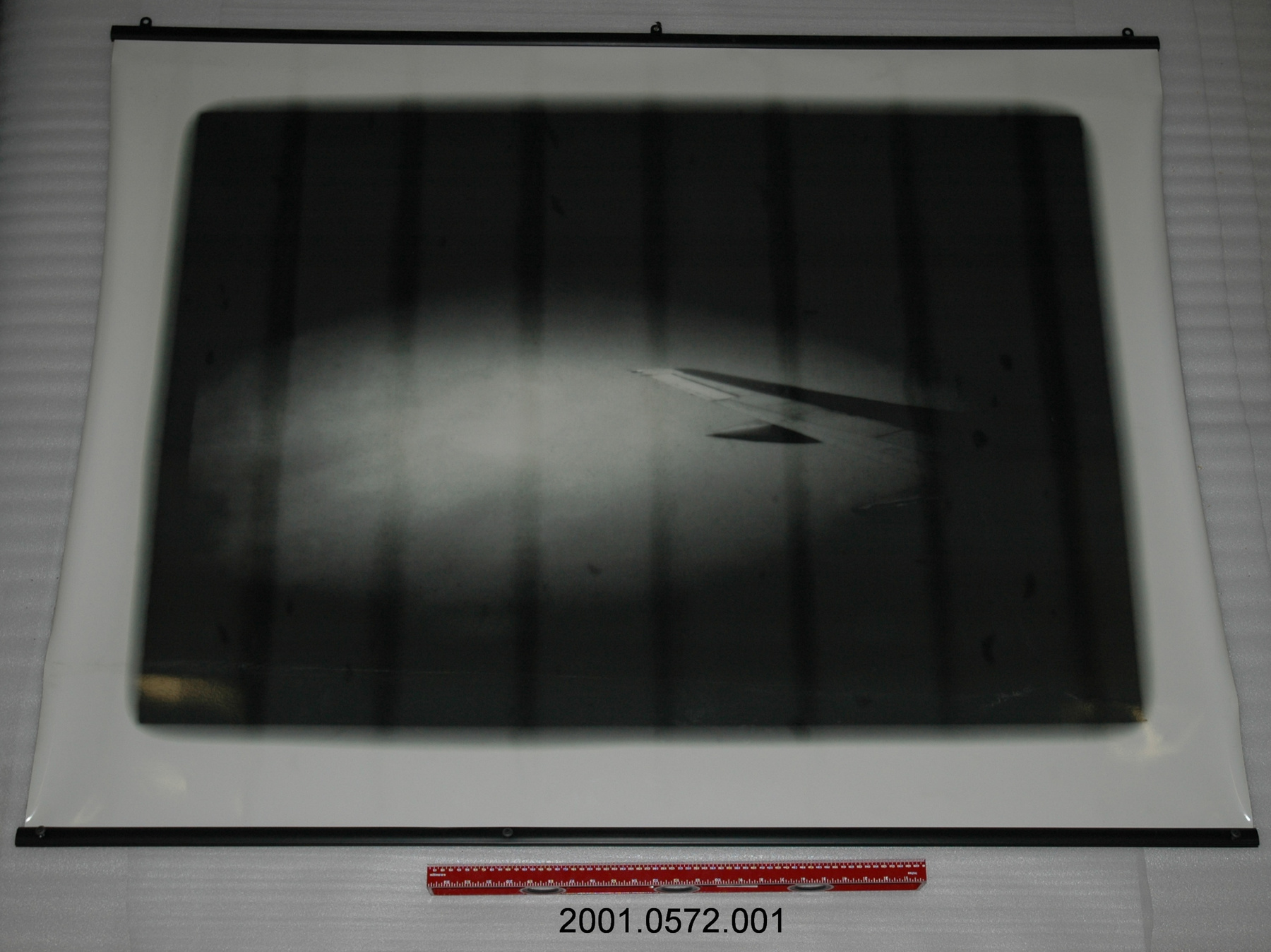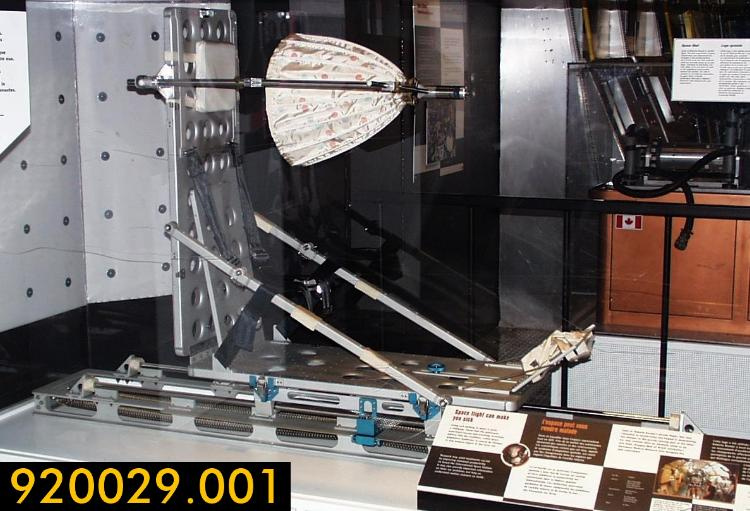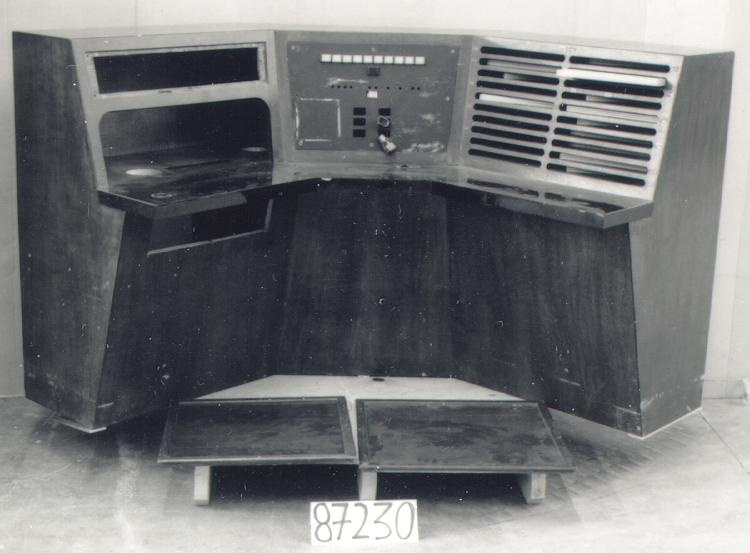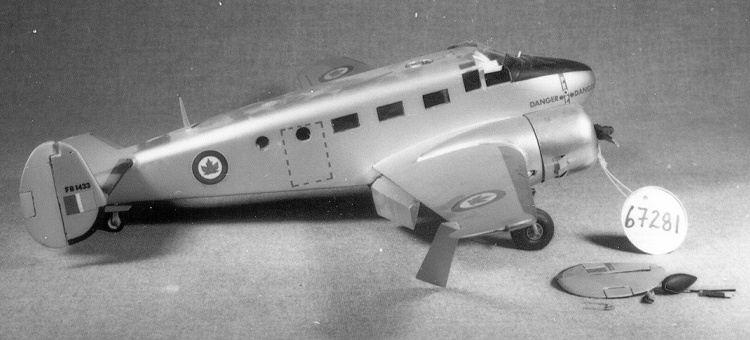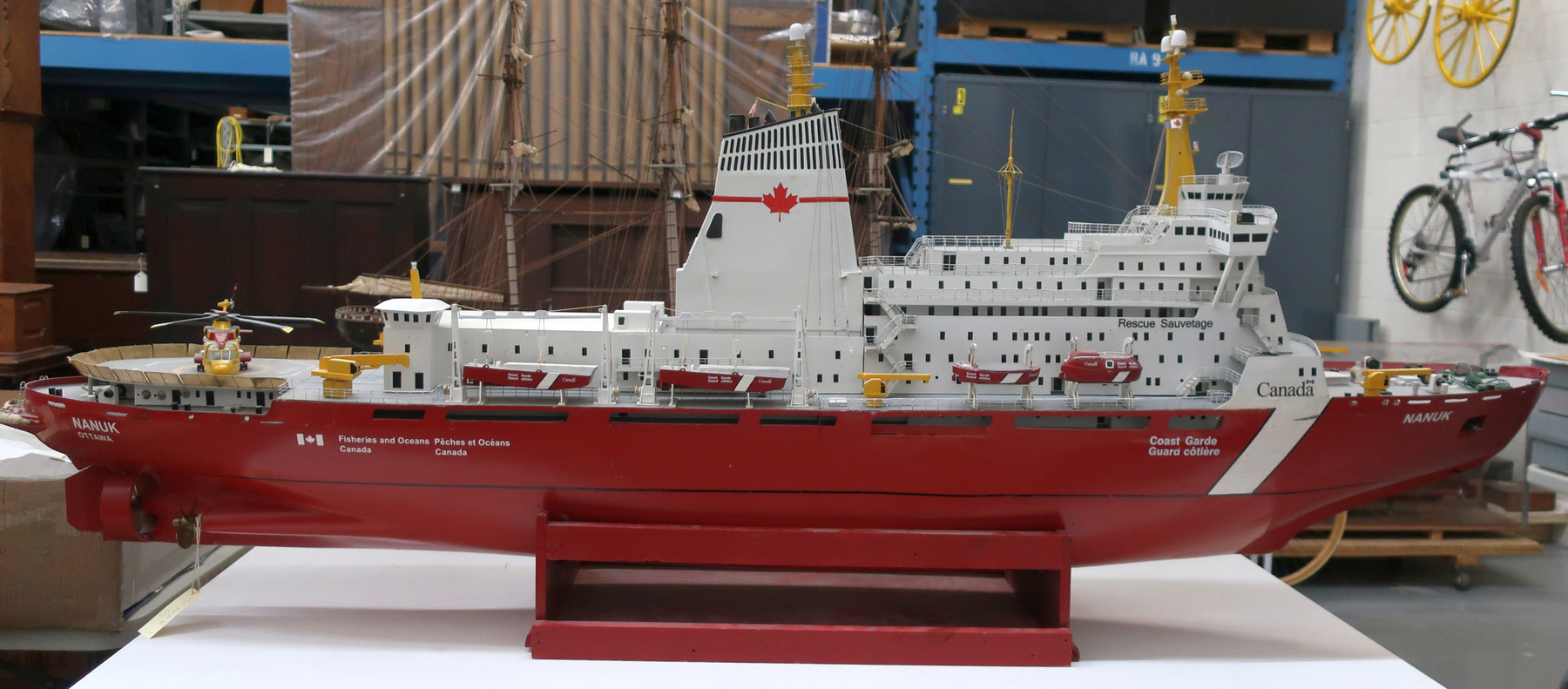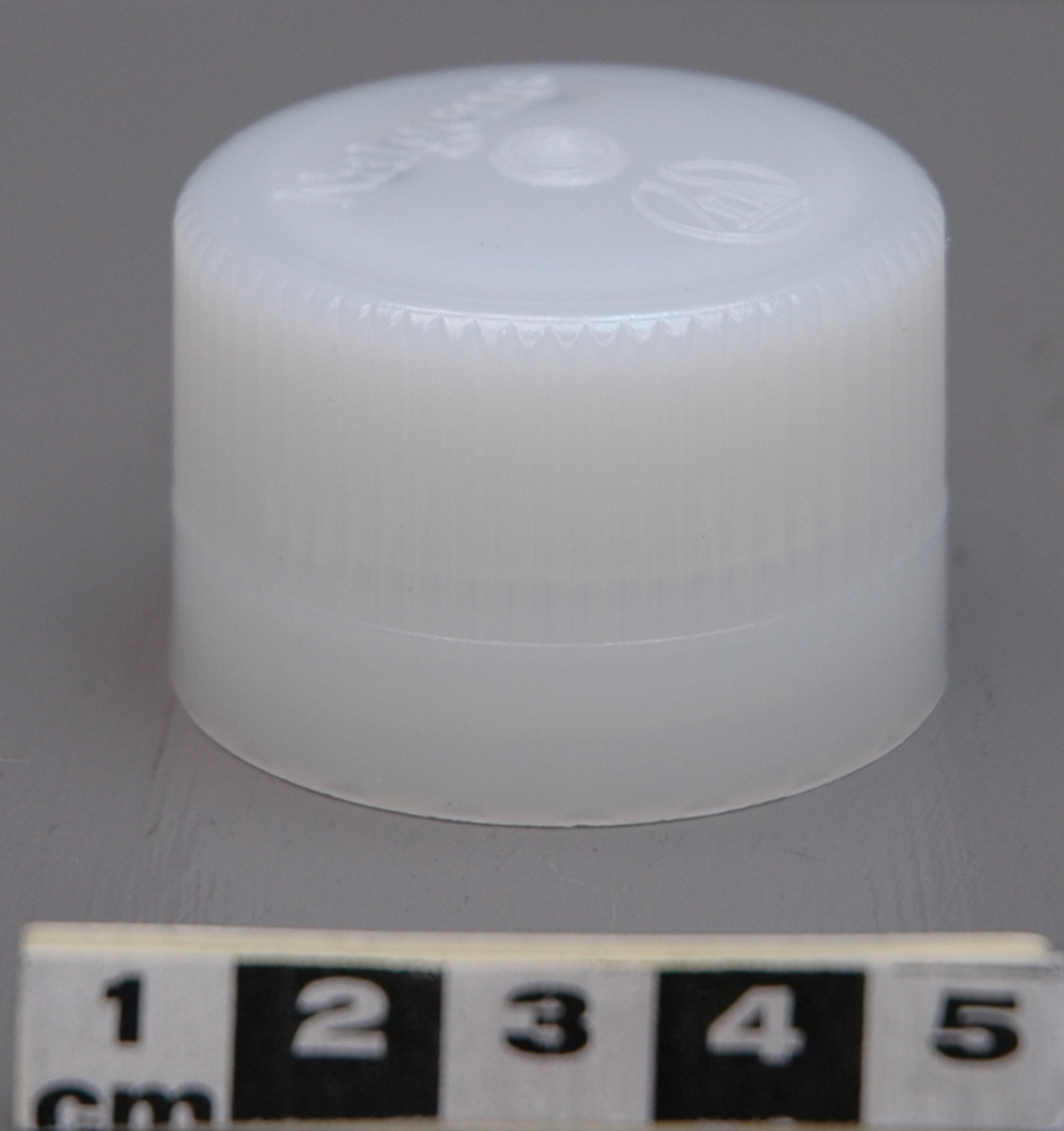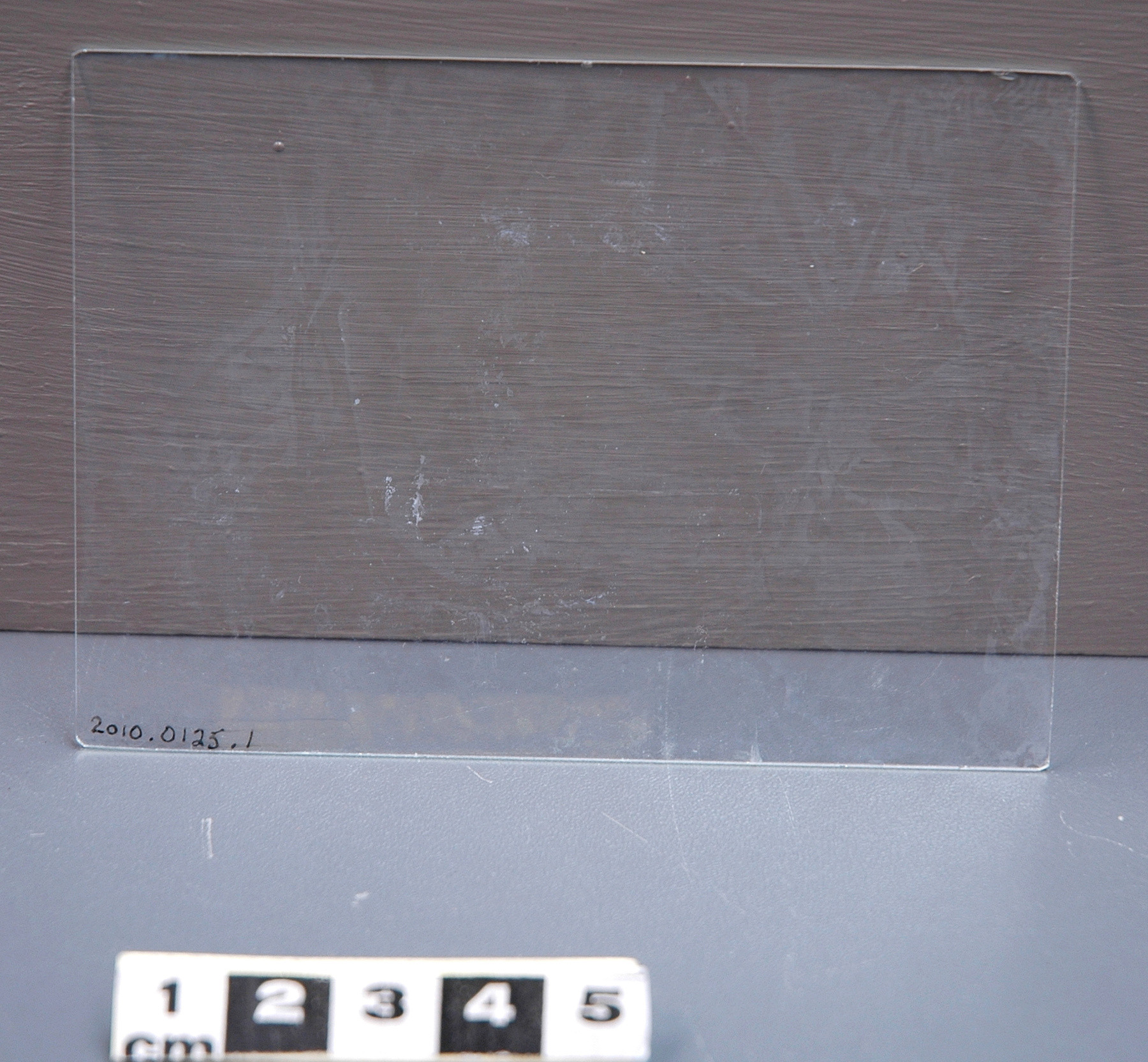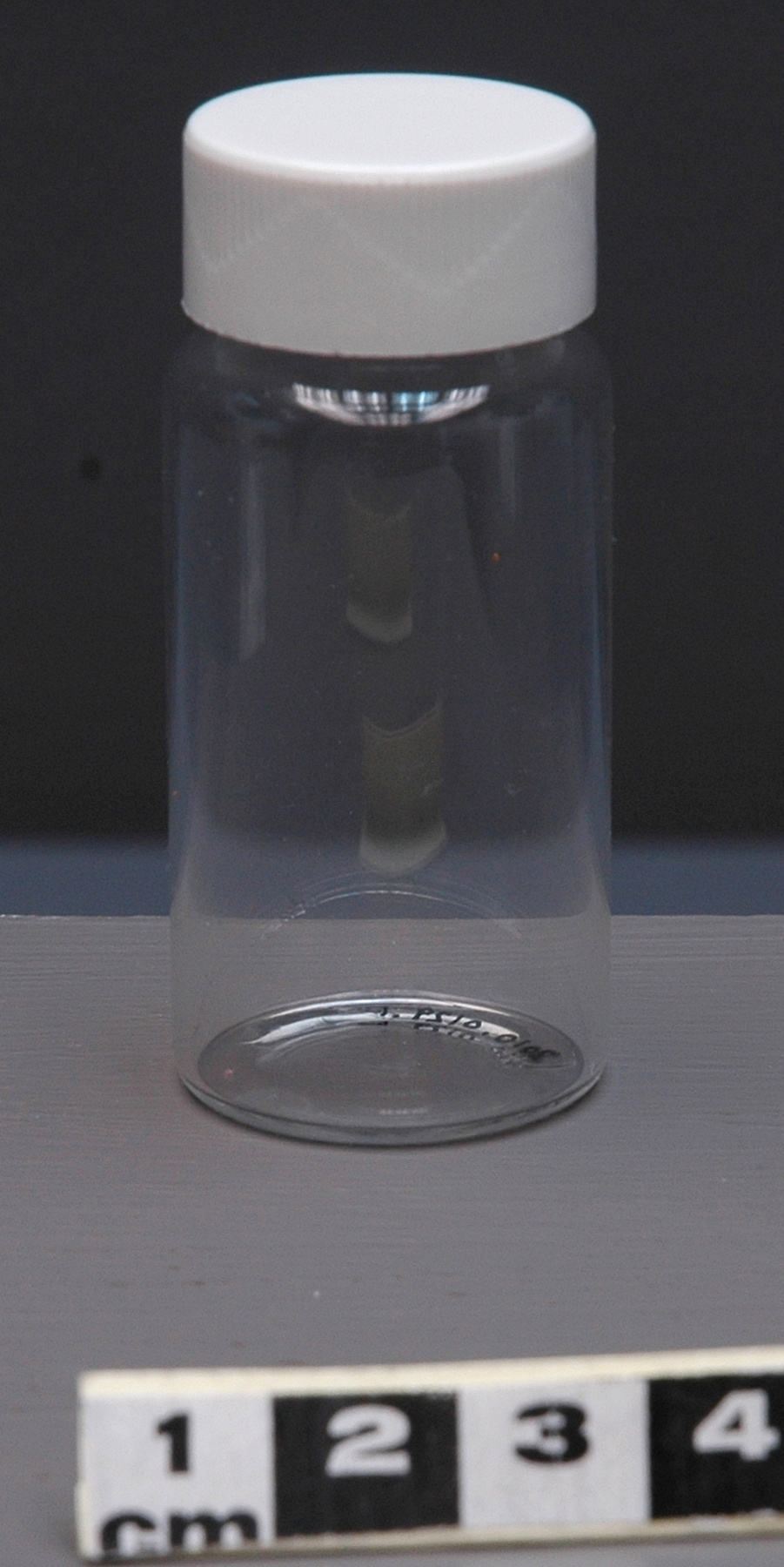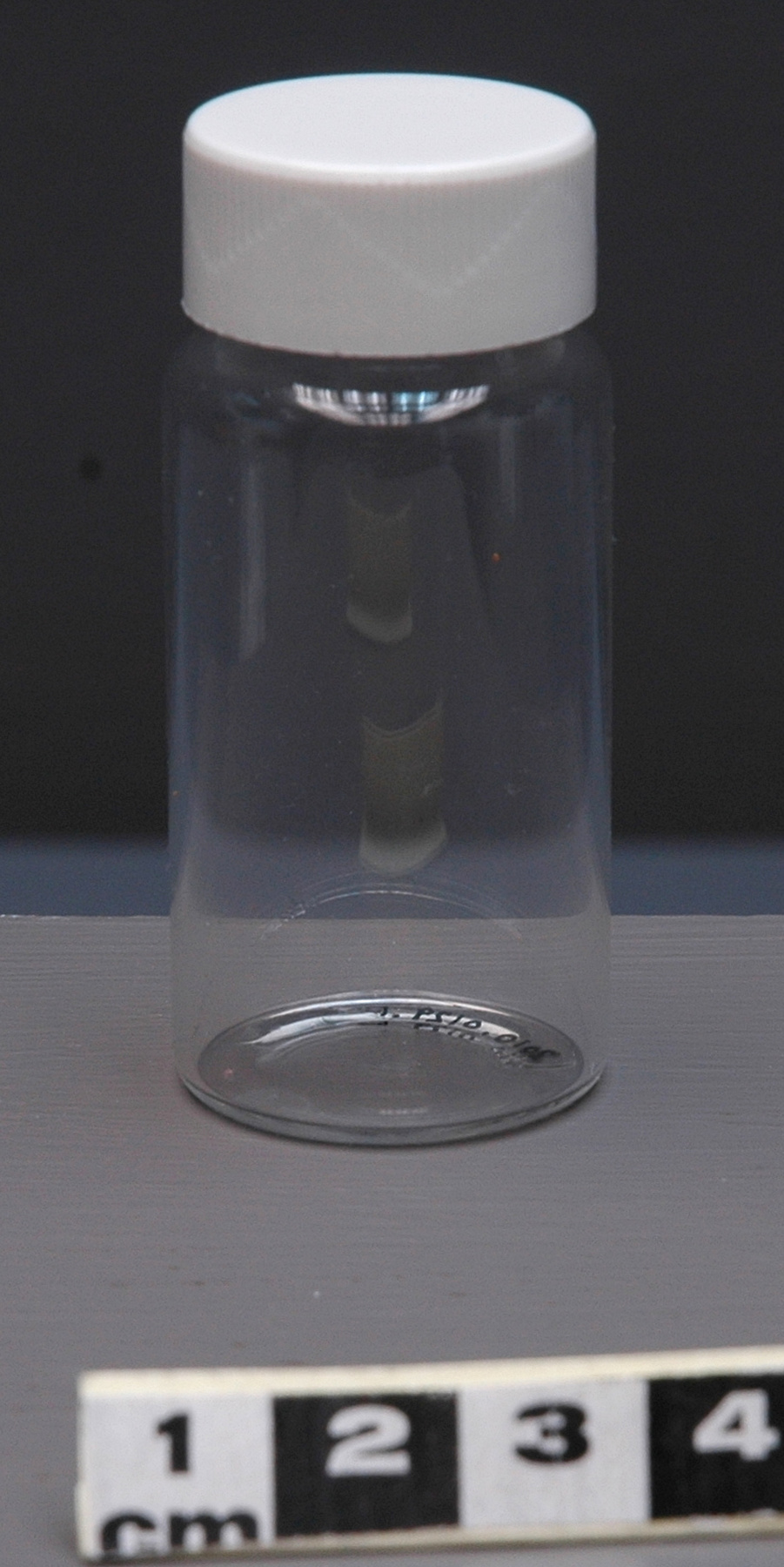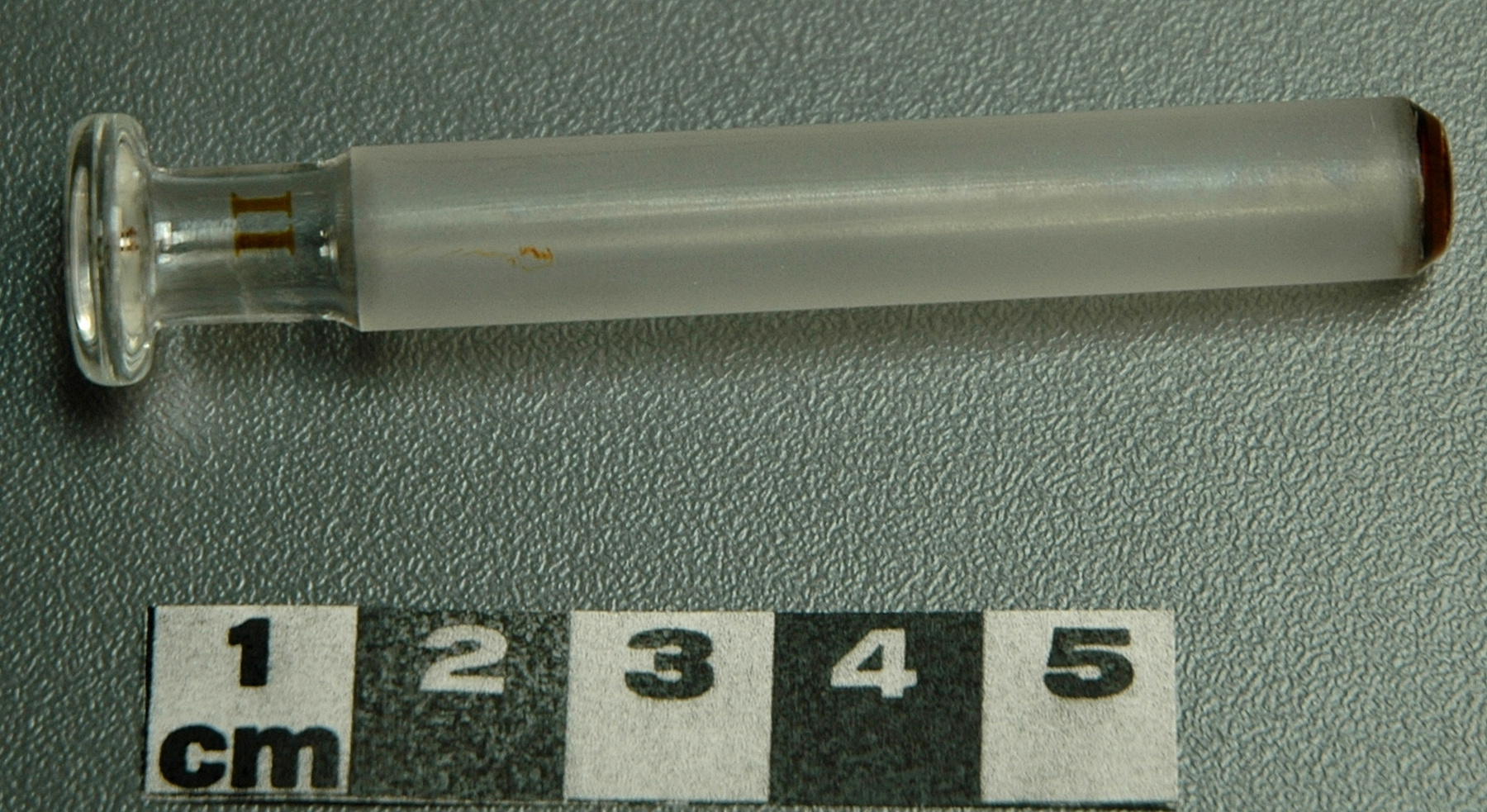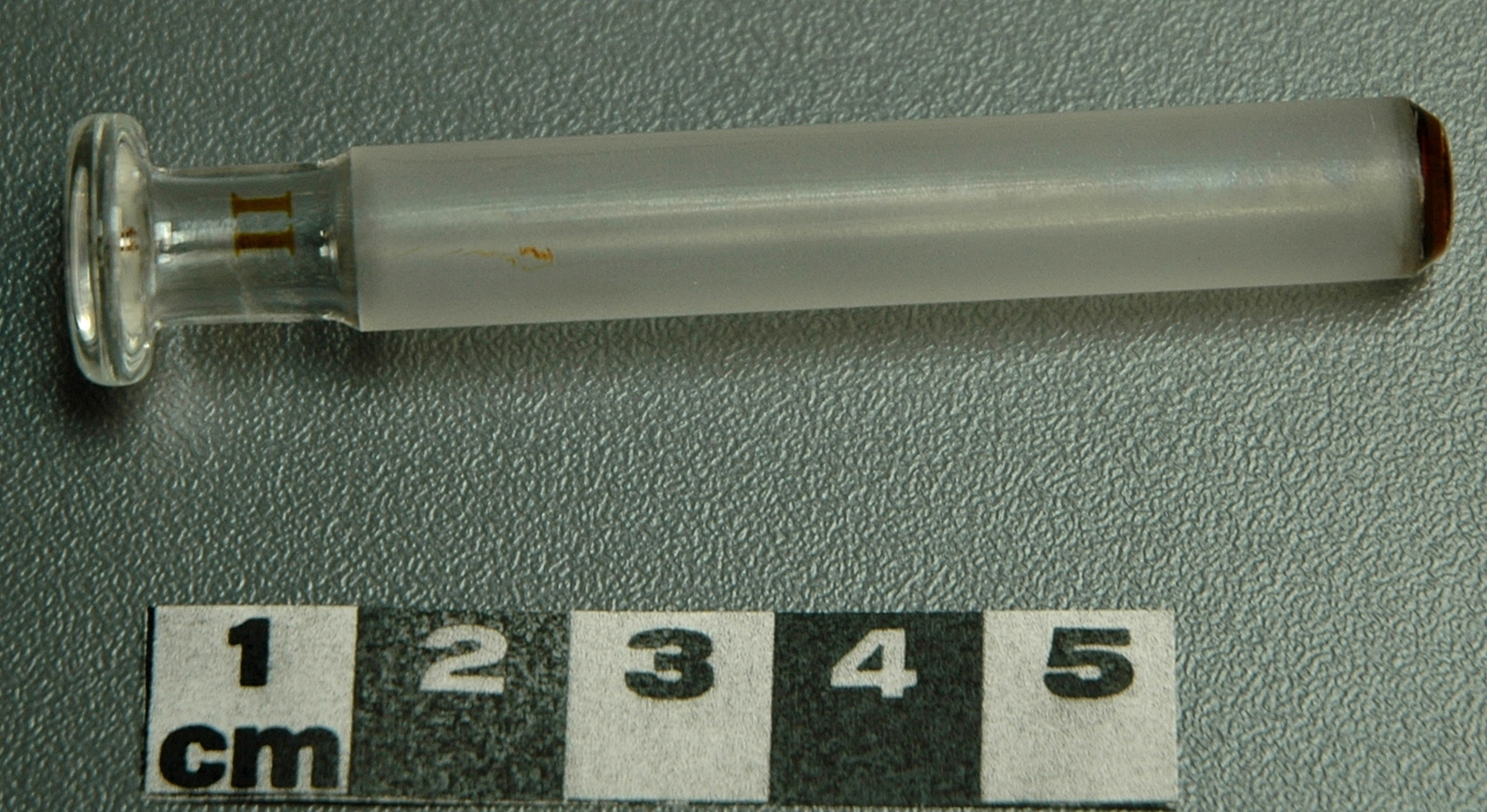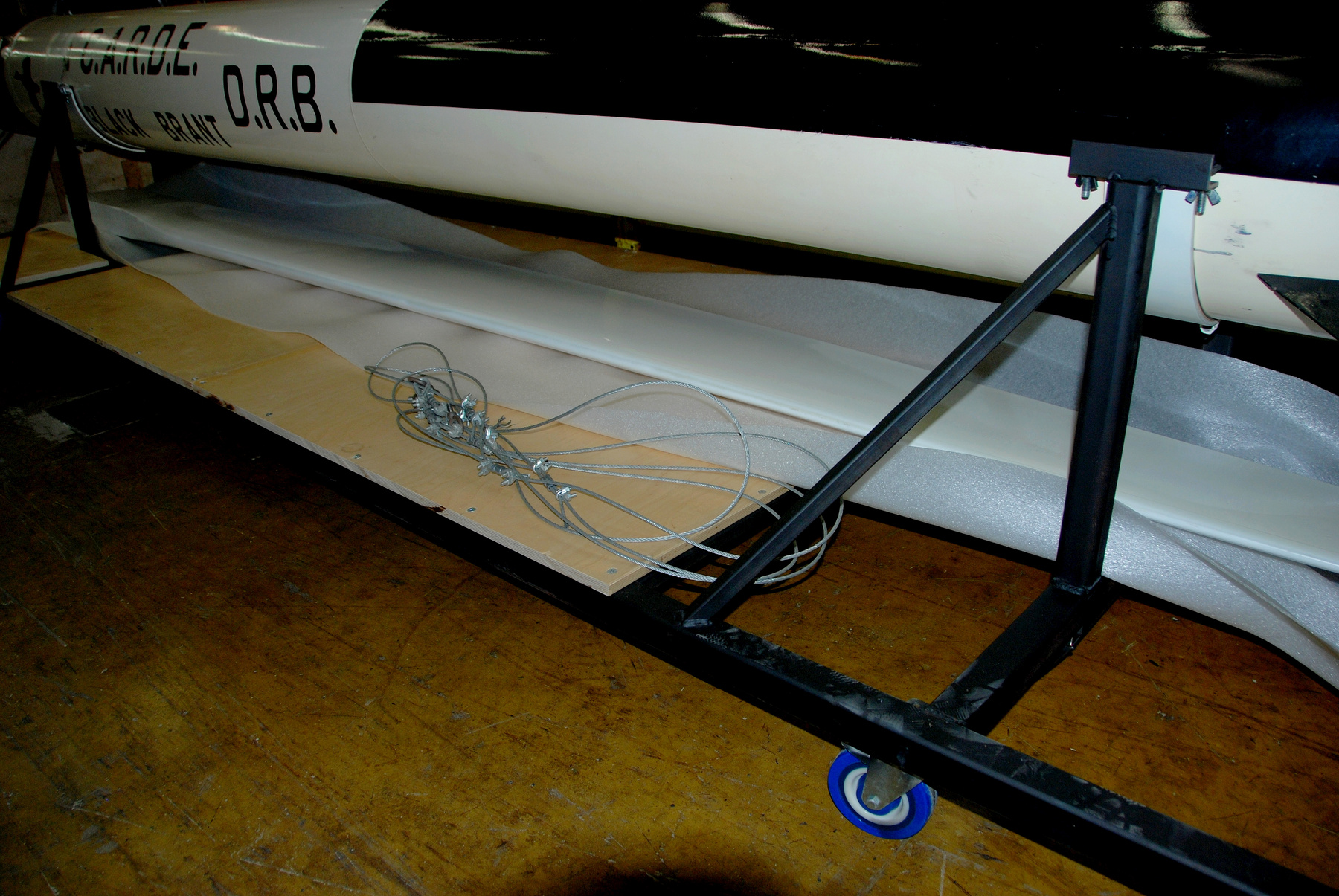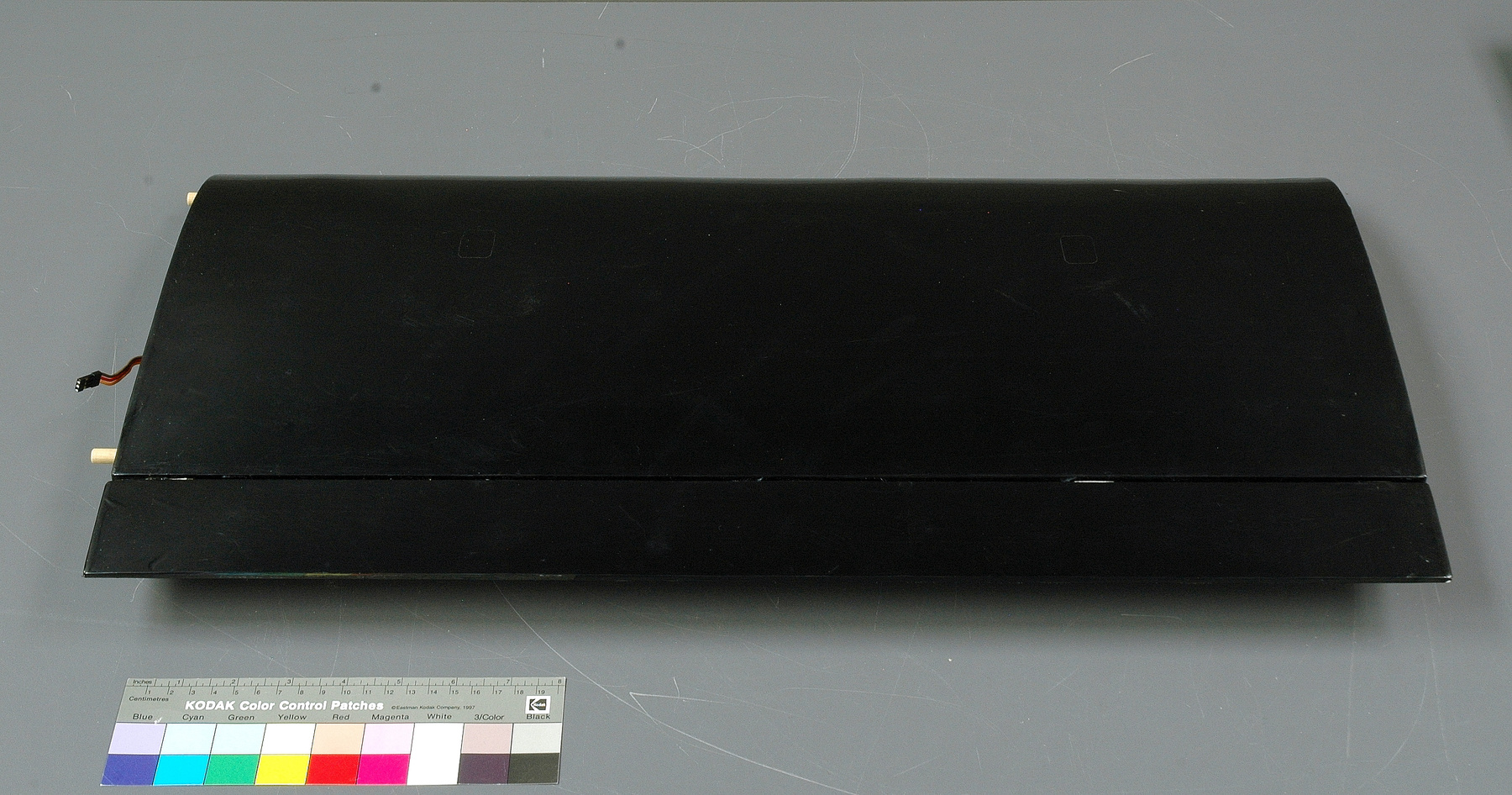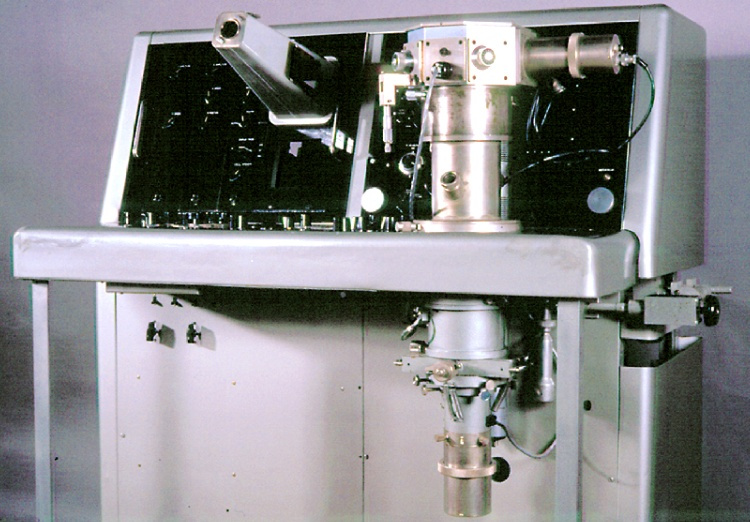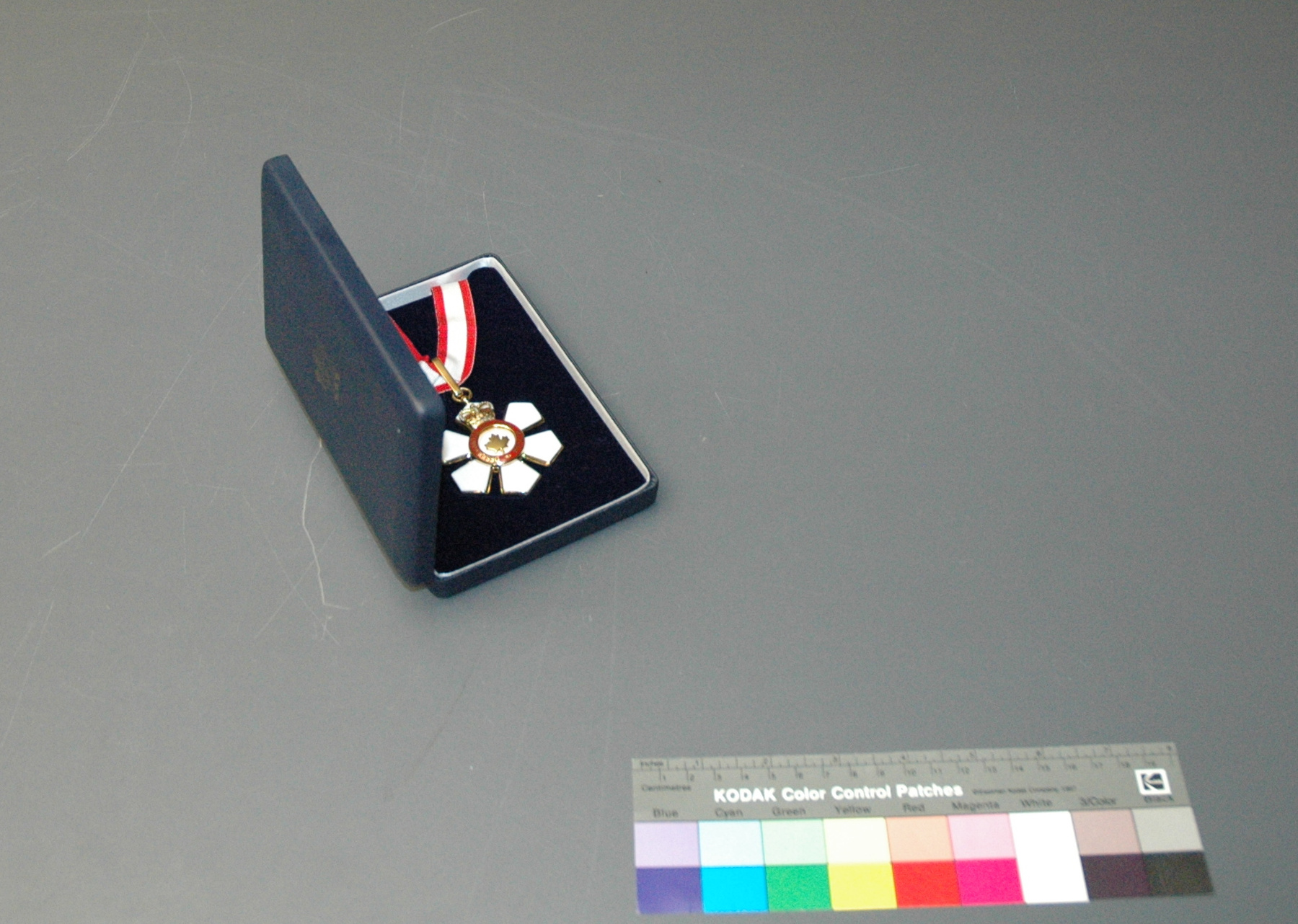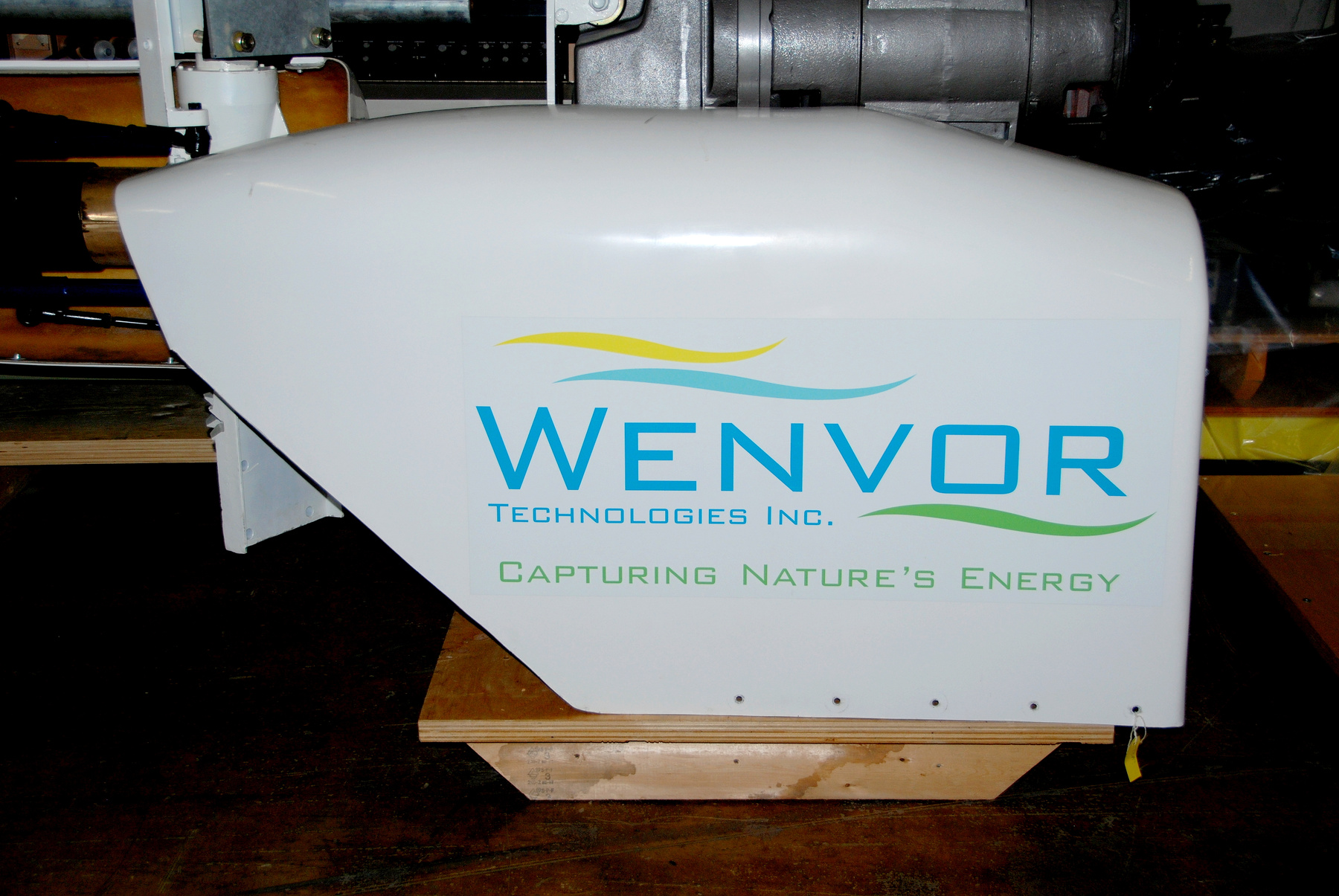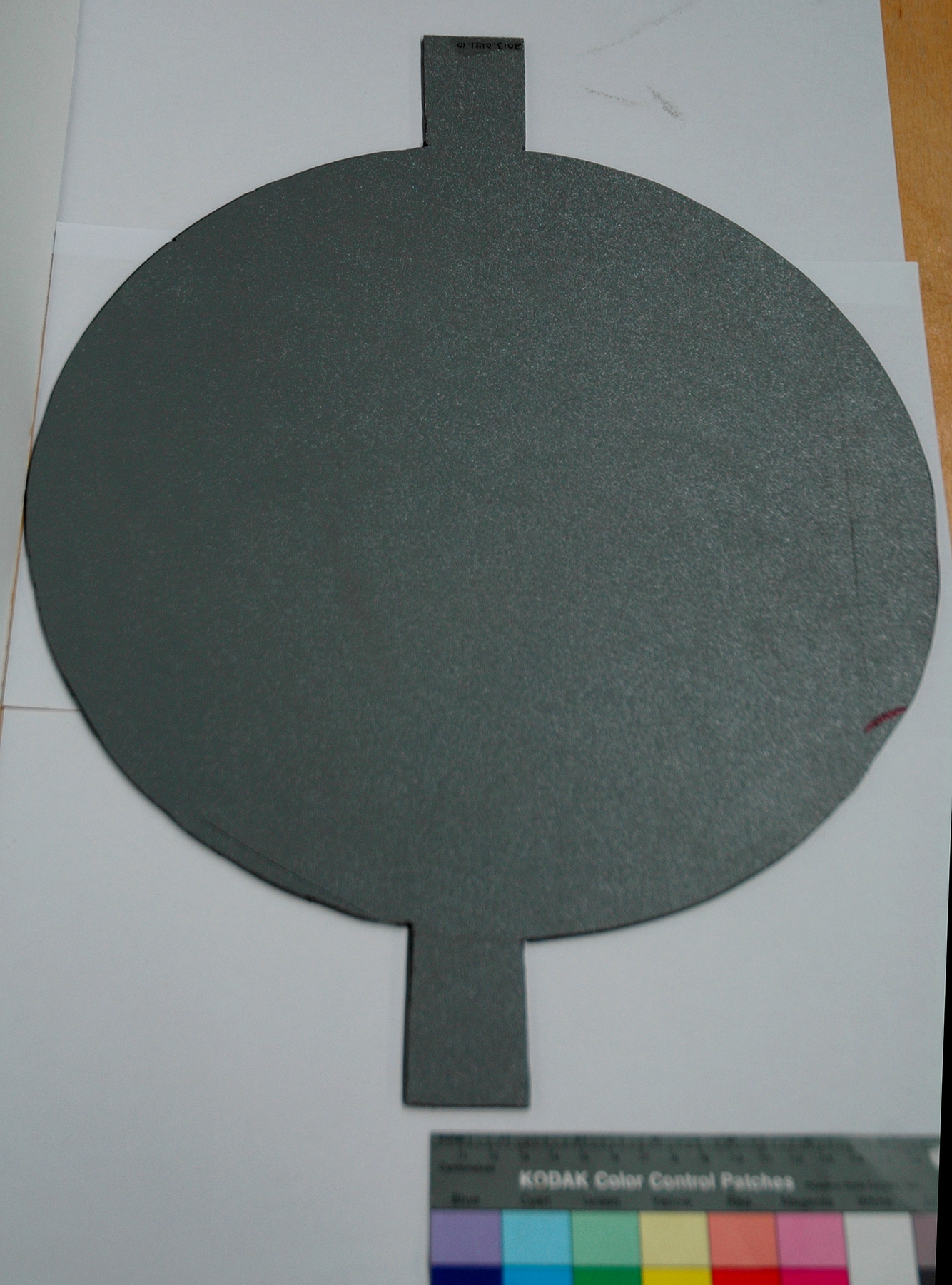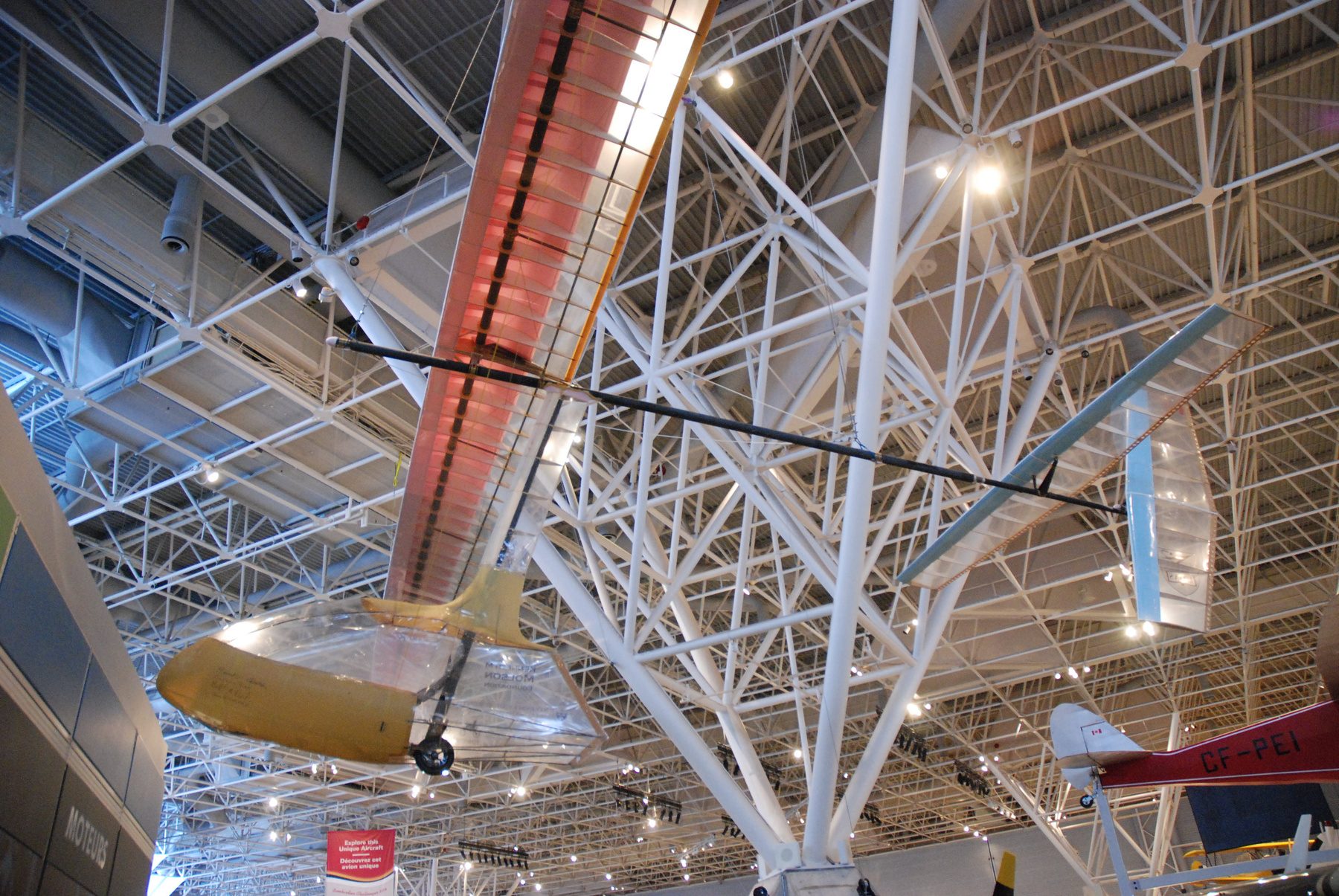Ornithopter
Use this image
Can I reuse this image without permission? Yes
Object images on the Ingenium Collection’s portal have the following Creative Commons license:
Copyright Ingenium / CC BY-NC-ND (Attribution-NonCommercial 4.0 International (CC BY-NC 4.0)
ATTRIBUTE THIS IMAGE
Ingenium,
2012.0089.001
Permalink:
Ingenium is releasing this image under the Creative Commons licensing framework, and encourages downloading and reuse for non-commercial purposes. Please acknowledge Ingenium and cite the artifact number.
DOWNLOAD IMAGEPURCHASE THIS IMAGE
This image is free for non-commercial use.
For commercial use, please consult our Reproduction Fees and contact us to purchase the image.
- OBJECT TYPE
- piloted/human powered
- DATE
- 2006–2010
- ARTIFACT NUMBER
- 2012.0089.001
- MANUFACTURER
- University of Toronto, Institute for Aerospace Studies (UTIAS)
- MODEL
- Snowbird
- LOCATION
- Downsview, Ontario, Canada
More Information
General Information
- Serial #
- N/A
- Part Number
- 1
- Total Parts
- 1
- AKA
- N/A
- Patents
- N/A
- General Description
- Carbon fibre; Kevlar; Dyneema; Vectran; extruded polystyrene; expanded polystyrene; Mylar; bass wood; balsa wood
Dimensions
Note: These reflect the general size for storage and are not necessarily representative of the object's true dimensions.
- Length
- 8.3 m
- Width
- 32.0 m
- Height
- 5.7 m
- Thickness
- N/A
- Weight
- N/A
- Diameter
- N/A
- Volume
- N/A
Lexicon
- Group
- Aviation
- Category
- Aircraft
- Sub-Category
- N/A
Manufacturer
- AKA
- University
- Country
- Canada
- State/Province
- Ontario
- City
- Downsview
Context
- Country
- Canada
- State/Province
- Ontario
- Period
- 2006-2010
- Canada
-
Humans have flown in fixed-wing, powered aircraft for over a hundred years, making it easy to forget that this was not always the method by which people thought flight would be achieved. Early imaginings of, and attempts at, human flight often mimicked the self-powered, flapping winged flight of birds. The myth of Daedalus and Icarus, who flew with feathers attached to their arms, is commonly recounted in aviation history books, and lists of "tower jumpers" and unsuccessful human-powered contraptions with bird or insect like wings are also often included. Though human-powered flapping winged flight has been rejected as a serious method of aerial transportation, there is still a community of people devoted to achieving flight with self-powered flapping wings. While early achievements in human powered aviation happened outside of Canada, many successes in flapping winged flight - including the first human powered ornithopter - were developed at, or by people associated with, the University of Toronto Institute for Aerospace Studies (UTIAS). Three ground-breaking ornithopters have been produced at UTIAS. Two of these aircraft have been offered to the Canada Aviation and Space Museum. One of the two offered to the museum is the Snowbird. Like its predecessors, the Snowbird was very much a team project, but the initial idea and much of the driving force came from graduate student Todd Reichert. Reichert was studying the advanced aerodynamics of bird flight, but gained ornithopter knowledge working on the Great Flapper as a hobby. Experimenting with computer simulations, he knew that human powered, flapping winged flight was possible in an aircraft with a wingspan of over 30m, a weight less than 100lbs, and wings that moved in a certain way. With MaSC student Cameron Robertson, Reichert set out to design and construct the World's first human powered, flapping wing aircraft. Reichert did not want the Snowbird to be an ongoing research project. The project started in 2006 and ended only four years later in the summer of 2010. Reichert and Robertson designed the aircraft over the first two of these five years and, over the next two summers, built and tested the ornithopter with the help of over thirty students and two community volunteers. During this time, Reichert trained to the fitness level of an Olympic rower, so that on August 2, 2010, he was able to use leg presses to power the ornithopter for a 19.3 second flight, achieving what has been described as the last great aviation first. The ornithopter is significant because through it Reichert realized flight in a way that has been an important but previously unobtainable part of aviation history. This ornithopter allows the Museum to showcase UTIAS, which is a significant Canadian aerospace institution. It is the oldest aeronautical/aerospace engineering programme at a Canadian university and an international calibre research institution. The Institute has been involved in important projects such as the rescue of Apollo 13 and the first microwave powered aircraft. More particularly, the Museum will be able to represent flapping wing research at UTIAS. Though UTIAS does not have an official ornithopter programme, it has been a world leader in flapping wing research because of DeLaurier's work. Students were actively involved in both Mr. Bill and the Great Flapper, while the Snowbird project was initiated by students. DeLaurier states that ornithopters have provided a "mother load of really good thesis topics", are listed in References (see Supp. Info. file). The institutions's ornithopter work is recognized enough that it has been contracted to do flapping wing research for at least one outside organization and its projects have received sponsorship from DuPont Canada, Pratt & Whitney Canada, the Canadian National Research Council, Dell Canada, and the Ken Molson Foundation, among many others. - Function
-
Piloted experimental aircraft that flies with flapping wings under human power. - Technical
-
The Snowbird presented some different technological challenges than Mr. Bill (ornithopter 2012.0090.001). One of the first challenges was building an aircraft that was light enough that it could be powered by a person. The Snowbird team took many cues from human powered, fixed wing aircraft like the Gossamer Condor and Albatross and MIT's Daedalus, reducing weight wherever it could. For example, the body of the ornithopter was made of carbon fibre, and the wings were polystyrene ribs with mylar skin. The wings were build as one big panel to cut the weight of the wing hinges. Getting thrust and lift from the wings presented another challenge. The wings were too long, and presumably too light, for technologies previously used, so Reichert and Robertson developed a new design with computer simulations. Though they used Harris and DeLaurier's theories to develop the Snowbird's wings, the mathematics were non-linear and therefore much more complicated than the linear mathematics used with Mr. Bill. This aircraft primarily represents significant research advances in aeronautics, but does not have practical applications. However, the technological developments achieved in this aircraft may have practical applications in the future. Reichert speculated that the technology in the Snowbird may be useful for people engineering other light weight aircraft, like solar airplanes. - Area Notes
-
Unknown
Details
- Markings
- Stickers on fuselage, proper right side: "KENNETH M/ MOLSON/ FOUNDATION"/ "[LOGO] UNIVERSITY OF TORONTO/ FACULTY OF APPLIED SCIENCE & ENGINEERING"/ "[LOGO] Division of Engineering Science/ UNIVERSITY OF TORONTO"/ Two silhouettes of someone on a type of bike above: "rowingbike.com"/ Graphic of an aircraft over the great lakes above: "GREAT LAKES GLIDING CLUB"/ "BOMBARDIER"/ "Advanced Composite Aircraft Inc./ www.adcompair.com"/ "DuPont [R]"/ "[LOGO] NEWPORT/ ADHESIVES AND COMPOSITES, INC."/ "DUPONT [TM]"/ "KEVLAR [R]"/ On vertical stabilizer, bottom: UTIAS crest/ "SNOWBIRD"/ On vertical stabilizer, top: Canada flag
- Missing
- Appears complete
- Finish
- Fuselage body is yellow with transparent Mylar elements.
- Decoration
- N/A
CITE THIS OBJECT
If you choose to share our information about this collection object, please cite:
University of Toronto, Institute for Aerospace Studies (UTIAS), Ornithopter, between 2006–2010, Artifact no. 2012.0089, Ingenium – Canada’s Museums of Science and Innovation, http://collection.ingeniumcanada.org/en/item/2012.0089.001/
FEEDBACK
Submit a question or comment about this artifact.
More Like This
